Hong Kong Travel Guide
Hong Kong Travel Guide – prepare your trip to Hong Kong with our practical guide: where to go, what to do, food, rooftops, how to get around, safety and more.
Hong Kong is a bustling metropolis that seamlessly blends traditional Chinese culture with modernity. The city is famous for its stunning skyline, which features some of the tallest skyscrapers in the world, including the iconic International Commerce Centre and the Bank of China Tower. Visitors can take in the breathtaking views of the city from Victoria Peak, which offers panoramic views of the entire city.
Hong Kong is also known for its food scene, which offers a unique blend of Cantonese, Chinese, and international cuisine. Visitors can sample traditional dim sum dishes or indulge in street food such as fish balls and egg waffles. The city also boasts a diverse range of Michelin-starred restaurants, offering everything from French cuisine to sushi.
Hong Kong is a shopper’s paradise, offering everything from luxury boutiques to street markets. The city is famous for its electronics, clothing, and jewelry, as well as its bustling night markets, such as the Temple Street Night Market. Visitors can also explore the city’s many museums, galleries, and cultural sites, including the Hong Kong Museum of History and the Man Mo Temple. With its unique blend of culture, cuisine, and commerce, Hong Kong is a must-see destination for any traveler.
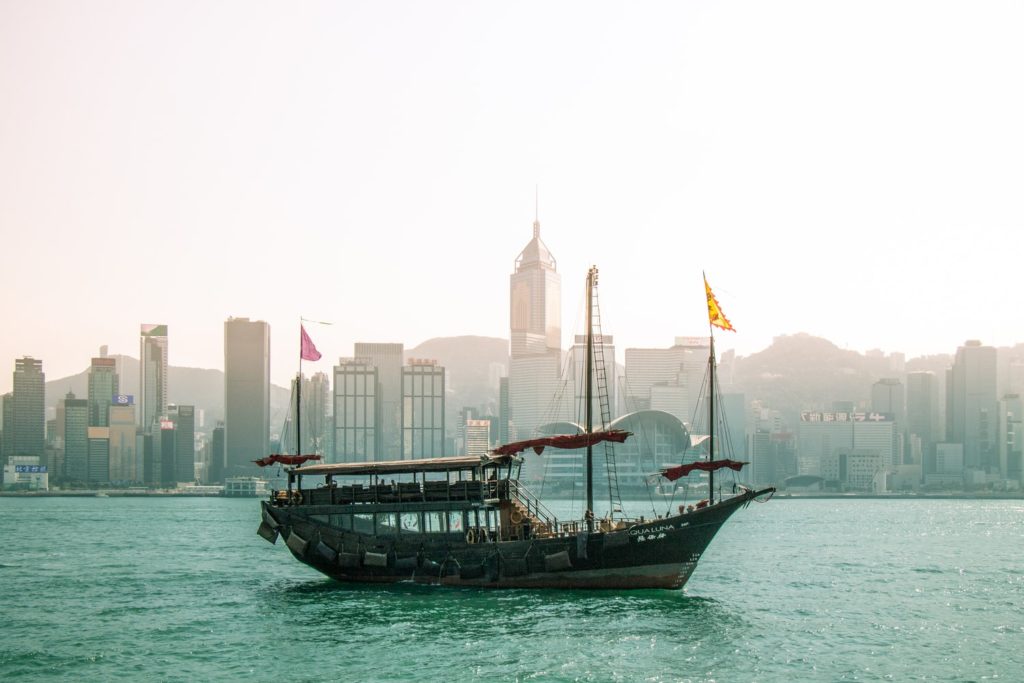
Travel to Hong Kong
Best time to go to Hong Kong – the 4 seasons in Hong Kong
The best time to visit Hong Kong is during the fall (September-November) when the weather is cooler, less humid, and the skies are clearer. The spring season (March-May) can also be a good time to visit as temperatures are mild and the flowers are in bloom. However, visitors should be aware that Hong Kong experiences typhoons during the summer (June-August), which can result in heavy rainfall and strong winds. Winter (December-February) in Hong Kong is cool and dry, but it can also be foggy and overcast.
Hong Kong has a sub-tropical climate, and its weather is influenced by monsoons from the south and northeast. The four seasons in Hong Kong are:
Spring (March – May): Spring in Hong Kong is mild with occasional rainfall. Temperatures range from around 18°C to 25°C (64°F to 77°F).
Summer (June – August): Summer in Hong Kong is hot and humid with occasional thunderstorms and typhoons. Temperatures range from around 26°C to 31°C (79°F to 88°F).
Fall (September – November): Fall in Hong Kong is mild and dry with lower humidity and clearer skies. Temperatures range from around 20°C to 28°C (68°F to 82°F).
Winter (December – February): Winter in Hong Kong is cool and dry with occasional fog and overcast skies. Temperatures range from around 12°C to 20°C (54°F to 68°F).
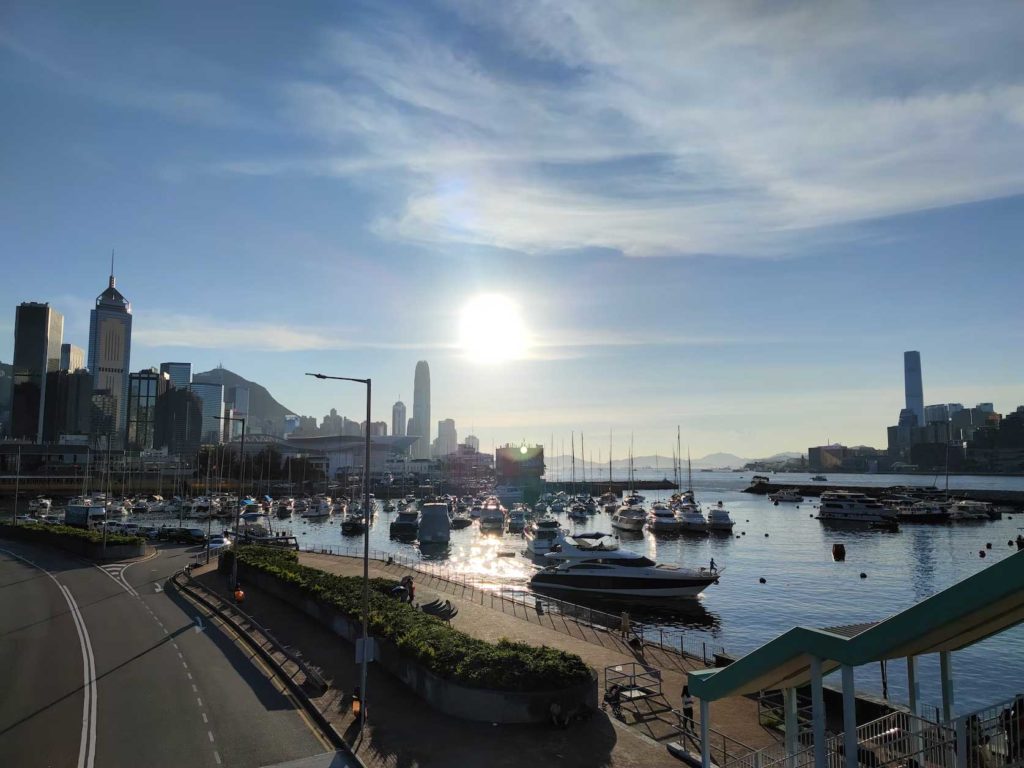
Visa requirements
For American and European passport holders, as well as citizens of many other countries, a visa is not required for visits to Hong Kong for up to 90 days. Visitors can enter Hong Kong as tourists, for business or for short-term study without a visa, as long as they have a valid passport and meet the immigration requirements.
However, if you plan to stay longer than 90 days or work in Hong Kong, you will need to apply for a visa or other appropriate entry permit. Visitors from some countries may also be required to obtain a visa before traveling to Hong Kong, even for short-term visits. It is recommended to check with the Hong Kong Immigration Department or your country’s embassy or consulate for the latest visa requirements and regulations before your trip.
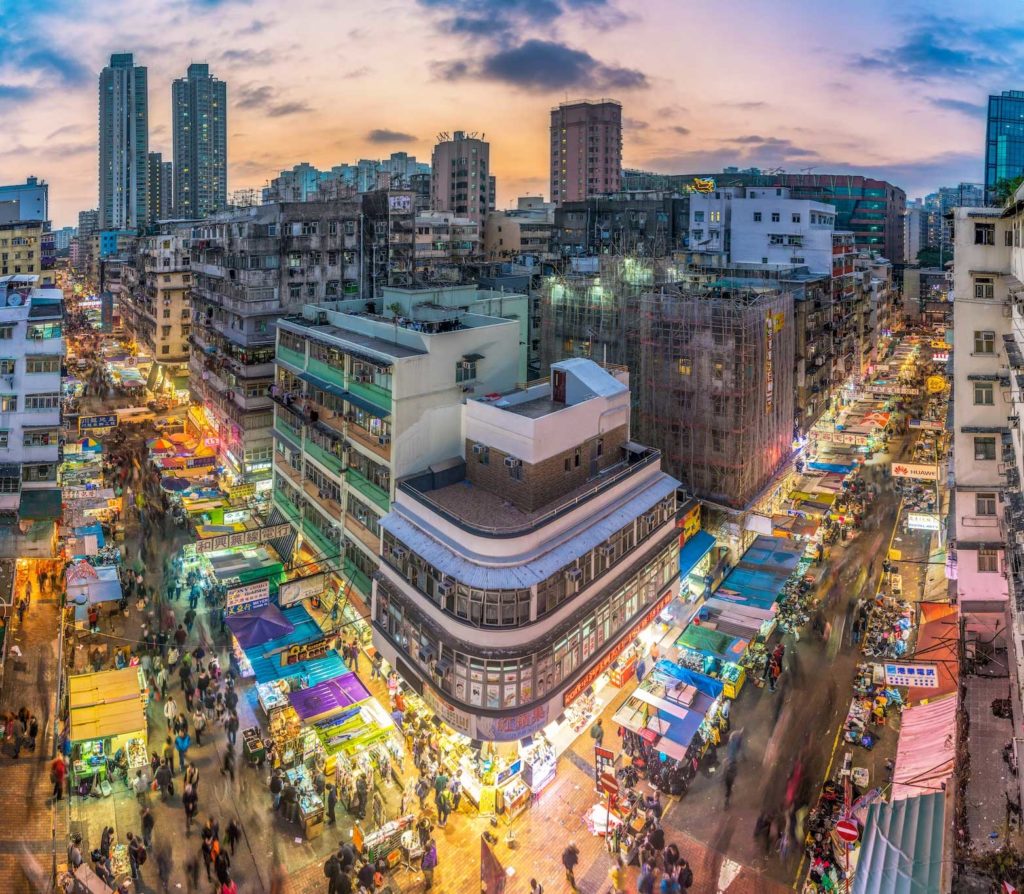
From Hong Kong airport to the city center
Hong Kong International Airport is located on Lantau Island, approximately 40 minutes away from the city center. There are several transportation options available for getting to the city center:
Airport Express Train: The Airport Express Train is a fast and convenient way to get to the city center. Trains run every 10-12 minutes, and the journey to Central Station takes around 24 minutes. A one-way ticket costs HK$115 (approximately $15 USD).
Bus: There are several bus routes that operate between the airport and various parts of Hong Kong Island, Kowloon, and the New Territories. Fares range from HK$33 to HK$48 (approximately $4-6 USD) depending on the route.
Taxi: Taxis are readily available at the airport, and the journey to the city center takes around 30-45 minutes, depending on traffic. Taxis are metered, and fares range from HK$250 to HK$350 (approximately $32-45 USD) depending on the destination.
Private Transfer: You can also arrange for a private transfer from the airport to your hotel, which can be booked online in advance or arranged through your hotel. Prices vary depending on the provider and the type of vehicle, but expect to pay around HK$400-600 (approximately $50-77 USD) for a one-way transfer.
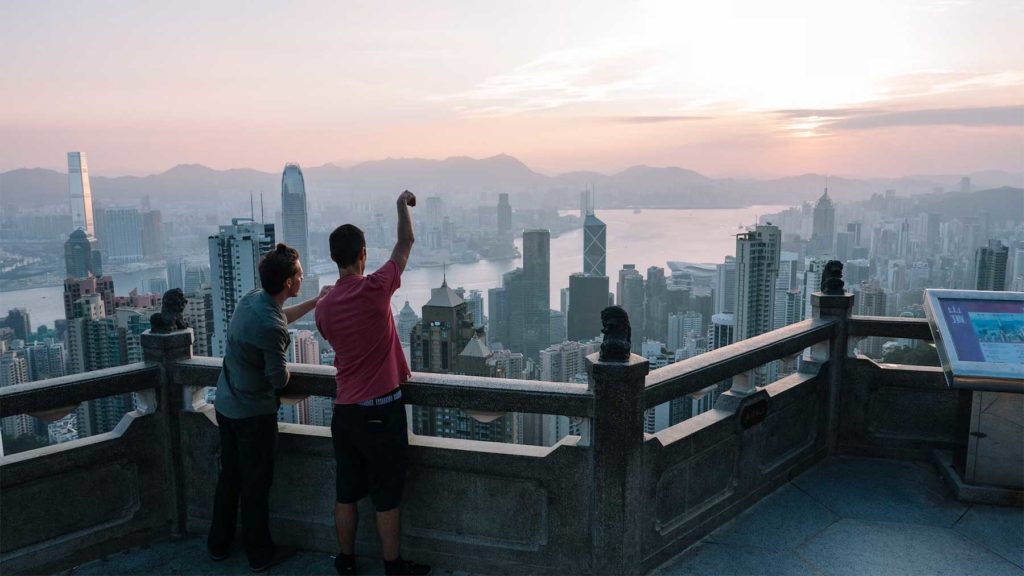
Best ways to get around Hong Kong
Hong Kong has a highly efficient public transportation system that makes it easy to get around the city. Here are some of the best ways to get around Hong Kong:
Mass Transit Railway (MTR): The MTR is Hong Kong’s subway system, and it is the fastest and most efficient way to get around the city. It covers most areas of Hong Kong Island, Kowloon, and the New Territories, and trains run from early morning until midnight. Fares range from HK$4.5 to HK$65 (approximately $0.6-8 USD) depending on the distance traveled.
Bus: Hong Kong’s bus system is extensive and covers most areas of the city. Fares range from HK$4.2 to HK$56 (approximately $0.5-7 USD) depending on the distance traveled.
Tram: Hong Kong’s iconic trams run on Hong Kong Island, from Kennedy Town to Shau Kei Wan. Fares are fixed at HK$2.6 (approximately $0.3 USD) per ride, regardless of the distance traveled.
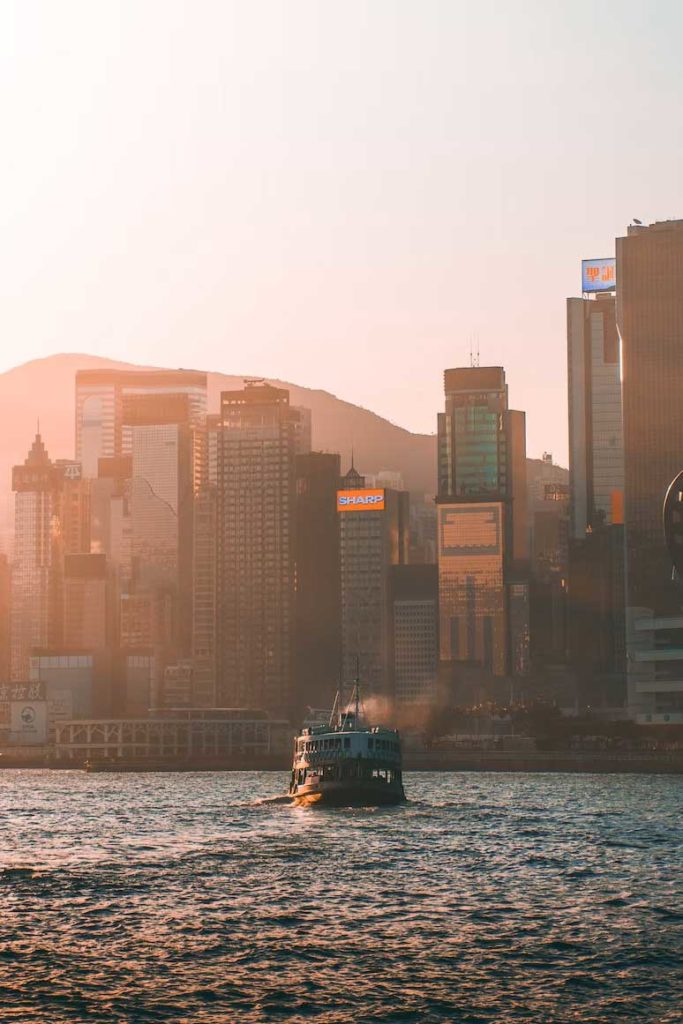
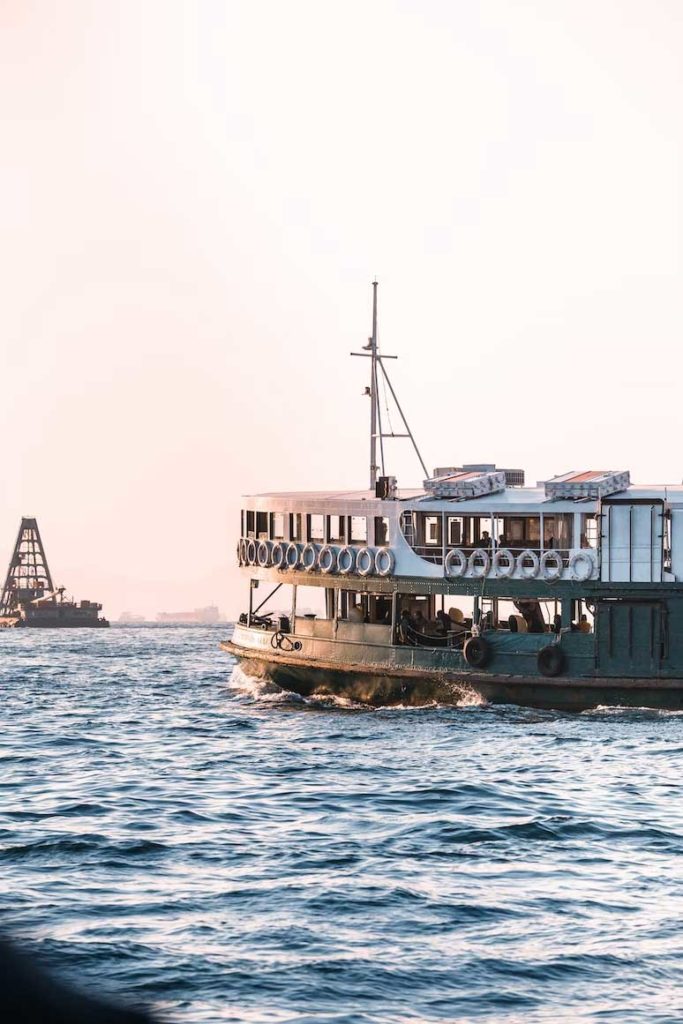
Ferry: Hong Kong has an extensive ferry network that connects Hong Kong Island, Kowloon, and the outlying islands. Fares range from HK$2.2 to HK$31.3 (approximately $0.3-4 USD) depending on the destination.
Taxi: Taxis are readily available in Hong Kong, and they are metered. Fares start at HK$24 (approximately $3 USD) for the first 2 kilometers, and then increase by increments of HK$1.7 to HK$2.6 (approximately $0.2-0.3 USD) for every subsequent 200 meters or minute of waiting time.
Uber and other ride-hailing services are also available in Hong Kong.
The MTR is the most convenient and efficient way to get around Hong Kong. Buses and trams are also affordable options, while ferries provide a scenic way to travel between different parts of the city. Taxis are convenient but can be more expensive, especially during peak hours.
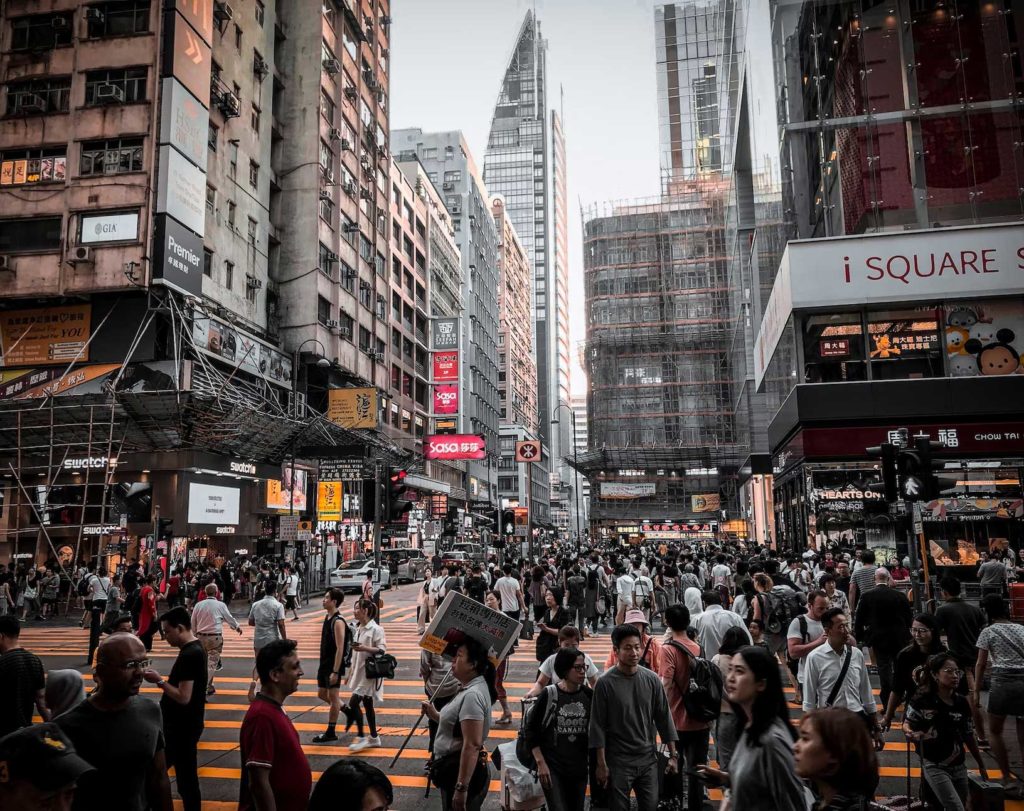
Explore Hong Kong’s neighbourhoods
Central: Central is the financial hub of Hong Kong and a bustling commercial district. It is home to some of the city’s most famous landmarks, including the Bank of China Tower and the International Commerce Centre. Other popular attractions include the historic Man Mo Temple, the trendy SoHo neighborhood with its bars and restaurants, and the iconic Victoria Peak, which offers panoramic views of the city.
Causeway Bay: Causeway Bay is a popular shopping district and a favorite among tourists and locals alike. The neighborhood is known for its high-end boutiques, department stores, and shopping malls, including Times Square and Sogo. Other popular attractions in Causeway Bay include the historic Victoria Park, which hosts a variety of events throughout the year, and the Tin Hau Temple, dedicated to the goddess of the sea.
Tsim Sha Tsui: Tsim Sha Tsui is located on the southern tip of the Kowloon Peninsula, directly across from Central. It is a popular tourist destination, known for its shopping, dining, and entertainment options. Attractions include the famous Avenue of Stars, which pays tribute to Hong Kong’s film industry, the Hong Kong Museum of Art, and the iconic Clock Tower. Visitors can also enjoy panoramic views of the city skyline from the Tsim Sha Tsui Promenade.
Wan Chai: Wan Chai is a diverse neighborhood located on the northern shore of Hong Kong Island. It is known for its nightlife, shopping, and dining options, as well as its historic landmarks, such as the Blue House and the Old Wan Chai Post Office. Other popular attractions include the Hong Kong Convention and Exhibition Center, the Golden Bauhinia Square, and the Pak Tai Temple.
Stanley: Stanley is a picturesque seaside town located on the southern coast of Hong Kong Island. It is known for its beautiful beaches, colonial architecture, and vibrant markets. Visitors can stroll along the waterfront promenade, visit the historic Murray House, or browse the famous Stanley Market for souvenirs and gifts. Other popular attractions in Stanley include the Tin Hau Temple and the Stanley Plaza shopping mall.

Attractions and things to do in Hong Kong
Top attractions to see in Hong Kong
Victoria Peak: Victoria Peak offers panoramic views of the city skyline and is one of the most popular tourist attractions in Hong Kong. Visitors can take the Peak Tram to the top, which costs HK$52 (approximately $7 USD) for a round trip ticket. Alternatively, visitors can hike up to the peak for free.
Hong Kong Disneyland: Hong Kong Disneyland is a theme park located on Lantau Island. Tickets cost HK$639 (approximately $82 USD) for adults and HK$475 (approximately $61 USD) for children ages 3-11. Discounts are available for seniors and students.
Ngong Ping 360 Cable Car: The Ngong Ping 360 Cable Car offers stunning views of Lantau Island and the surrounding area. Tickets cost HK$255 (approximately $33 USD) for a round trip ticket.
Big Buddha: The Big Buddha is a large bronze statue located on Lantau Island. Visitors can reach the Big Buddha by taking the Ngong Ping 360 Cable Car or by hiking up to the statue. Admission to the Big Buddha is free.
Star Ferry: The Star Ferry is a historic ferry service that crosses Victoria Harbour, offering stunning views of the Hong Kong skyline. Fares range from HK$2.7 to HK$3.7 (approximately $0.3-0.5 USD) depending on the route.
The Peak Tram: The Peak Tram is a funicular railway that takes visitors to the top of Victoria Peak. The fare is HK$32 (approximately $4 USD) for a one-way ticket.
The Avenue of Stars: The Avenue of Stars is a promenade that pays tribute to Hong Kong’s film industry. Admission is free.
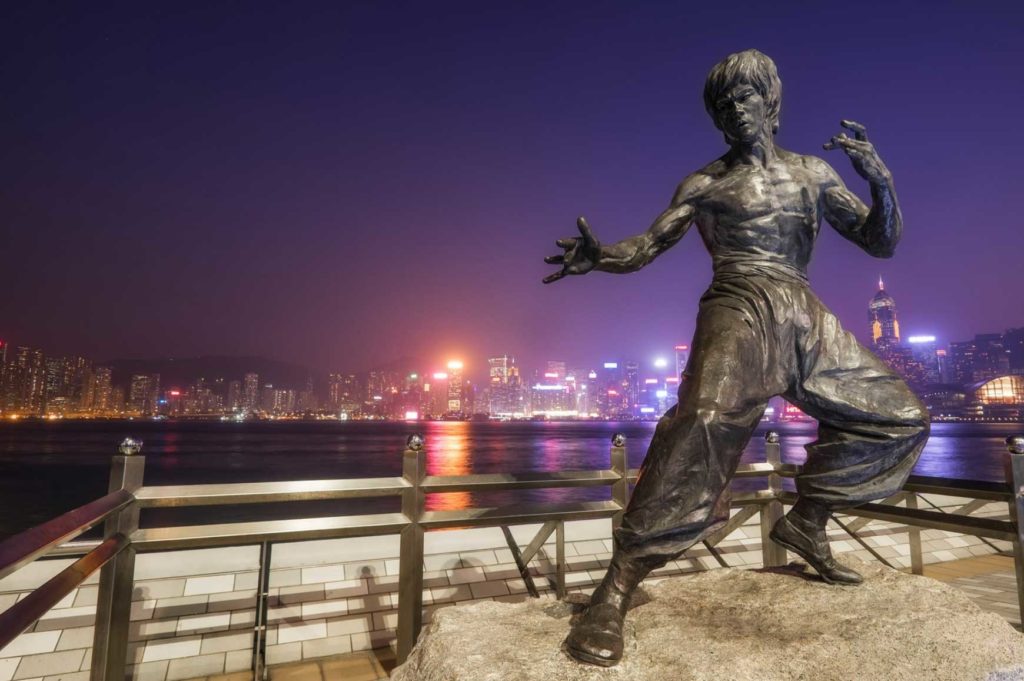
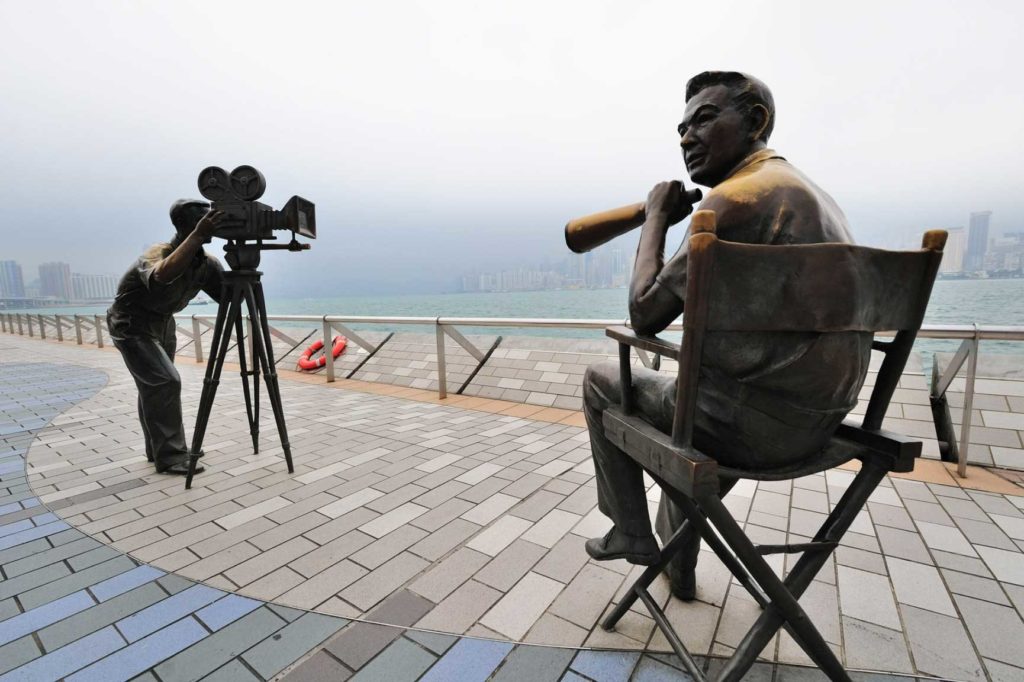
Tian Tan Buddha: The Tian Tan Buddha is a large bronze statue located on Lantau Island. Visitors can reach the statue by taking the Ngong Ping 360 Cable Car or by hiking up to the statue. Admission to the Tian Tan Buddha is free.
Hong Kong Museum of History: The Hong Kong Museum of History showcases the history and culture of Hong Kong. Admission is HK$10 (approximately $1.3 USD) for adults and HK$5 (approximately $0.6 USD) for children.
Temple Street Night Market: The Temple Street Night Market is a bustling market that sells a variety of goods, including clothing, electronics, and souvenirs. Prices vary depending on the item, but bargaining is common.
Hong Kong offers a wide range of attractions and activities to suit all budgets. Many of the city’s top attractions are relatively affordable, with admission fees ranging from free to a few dollars. However, some attractions, such as Hong Kong Disneyland and the Ngong Ping 360 Cable Car, can be more expensive.
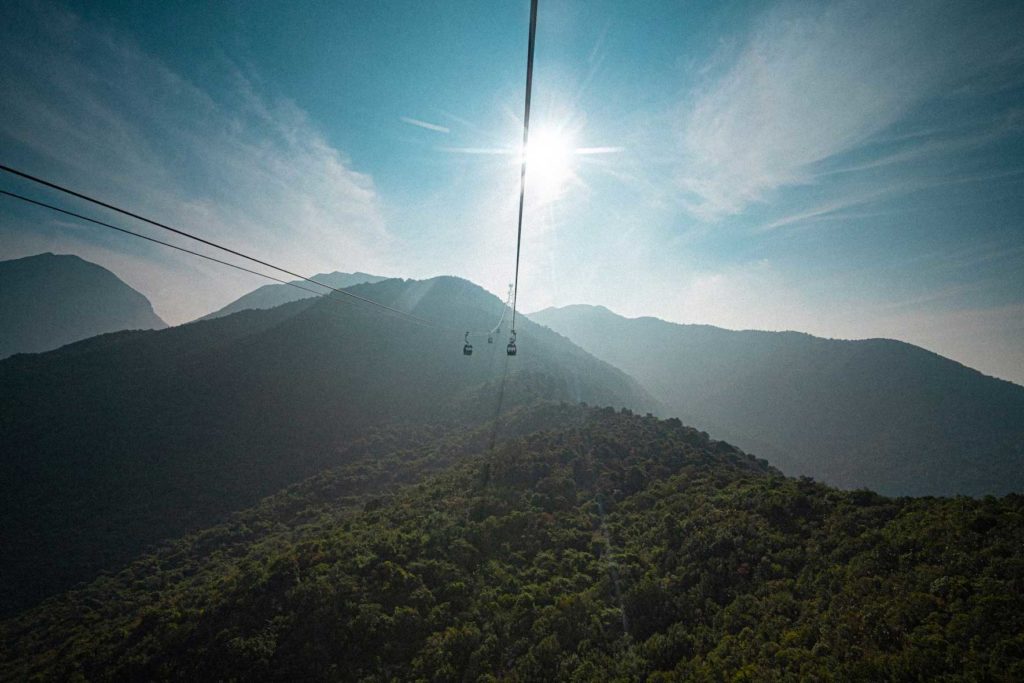
Fun experiences to live in Hong Kong
Victoria Peak: Victoria Peak offers stunning views of the city skyline and is a must-visit attraction in Hong Kong. Visitors can take the Peak Tram or hike up to the top for free.
Hong Kong Disneyland: Hong Kong Disneyland is a fun-filled theme park with attractions and entertainment for all ages.
The Peak Tram: The Peak Tram is a funicular railway that takes visitors to the top of Victoria Peak, offering breathtaking views of the city.
Ngong Ping 360 Cable Car: The Ngong Ping 360 Cable Car offers stunning views of Lantau Island and the surrounding area.
Star Ferry: The Star Ferry is a historic ferry service that crosses Victoria Harbour, offering stunning views of the Hong Kong skyline.
Tian Tan Buddha: The Tian Tan Buddha is a large bronze statue located on Lantau Island and is a must-see attraction in Hong Kong.
Ocean Park: Ocean Park is a marine-themed amusement park with roller coasters, rides, and animal exhibits.
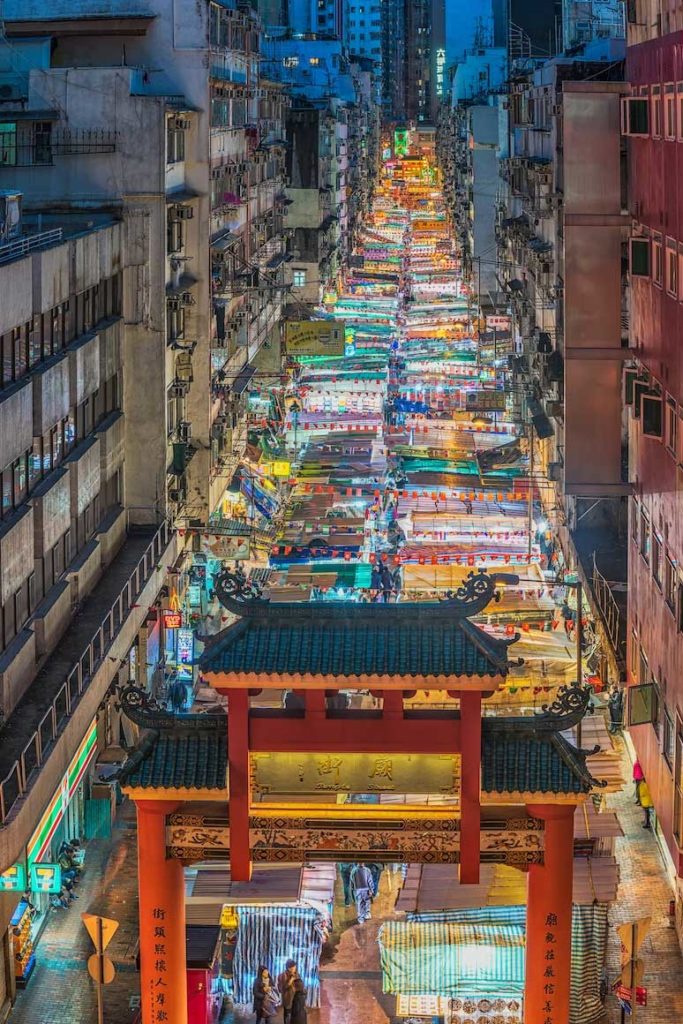
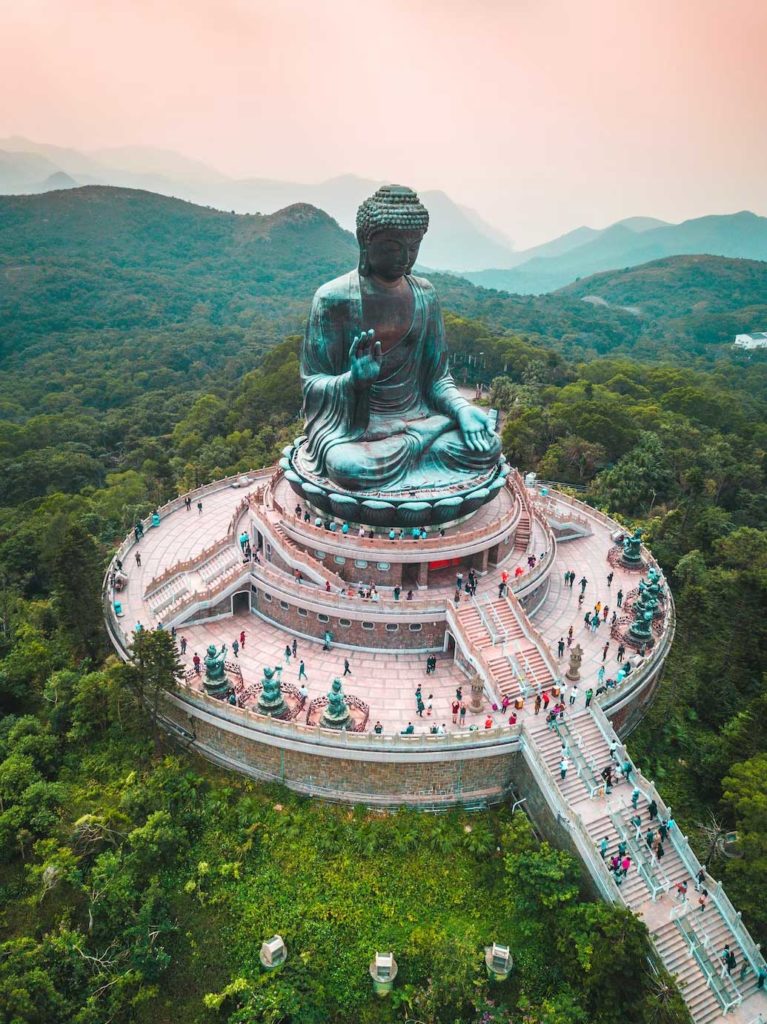
Temple Street Night Market: The Temple Street Night Market is a bustling market that sells a variety of goods, including clothing, electronics, and souvenirs.
Avenue of Stars: The Avenue of Stars is a promenade that pays tribute to Hong Kong’s film industry and features statues and handprints of famous actors.
Hong Kong Museum of History: The Hong Kong Museum of History showcases the history and culture of Hong Kong.
Symphony of Lights: The Symphony of Lights is a light and sound show that takes place nightly on Victoria Harbour, featuring lasers, music, and fireworks.
Tai O Fishing Village: Tai O Fishing Village is a traditional fishing village located on Lantau Island, known for its stilt houses and fresh seafood.
Victoria Harbour Cruise: A Victoria Harbour Cruise is a great way to take in the sights of the city from the water.
Ladies’ Market: The Ladies’ Market is a popular shopping destination that sells clothing, accessories, and souvenirs at bargain prices.
Kowloon Walled City Park: Kowloon Walled City Park is a peaceful oasis in the heart of the city, offering a glimpse into Hong Kong’s past.
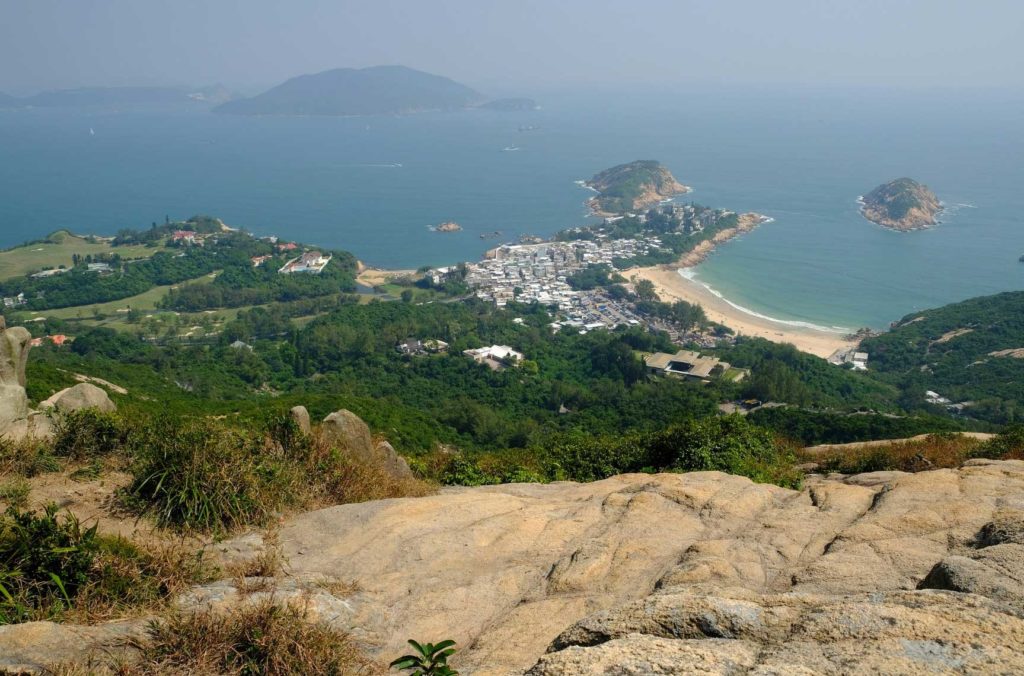
Hong Kong – travelling with kids and teens
Fun Things to Do with Kids:
Hong Kong Disneyland: Hong Kong Disneyland is a magical place that offers rides, shows, and entertainment for all ages.
Ocean Park: Ocean Park is a marine-themed amusement park with roller coasters, rides, and animal exhibits that are sure to delight kids of all ages.
Hong Kong Science Museum: The Hong Kong Science Museum is an interactive museum with exhibits on science and technology, including hands-on experiments and demonstrations.
Sky100 Observation Deck: The Sky100 Observation Deck offers stunning views of the city skyline from the 100th floor of the International Commerce Centre.
Kowloon Park: Kowloon Park is a large park with playgrounds, swimming pools, and a variety of sports facilities.
Hong Kong Tramways: Taking a ride on Hong Kong’s iconic trams is a fun way to see the city, especially for younger kids who will enjoy the novelty of the experience.
Trick Eye Museum: The Trick Eye Museum is a fun and interactive museum where visitors can take photos with 3D optical illusions and immersive exhibits.
Hong Kong Zoological and Botanical Gardens: The Hong Kong Zoological and Botanical Gardens is a peaceful oasis in the heart of the city, featuring a variety of animals and plants.
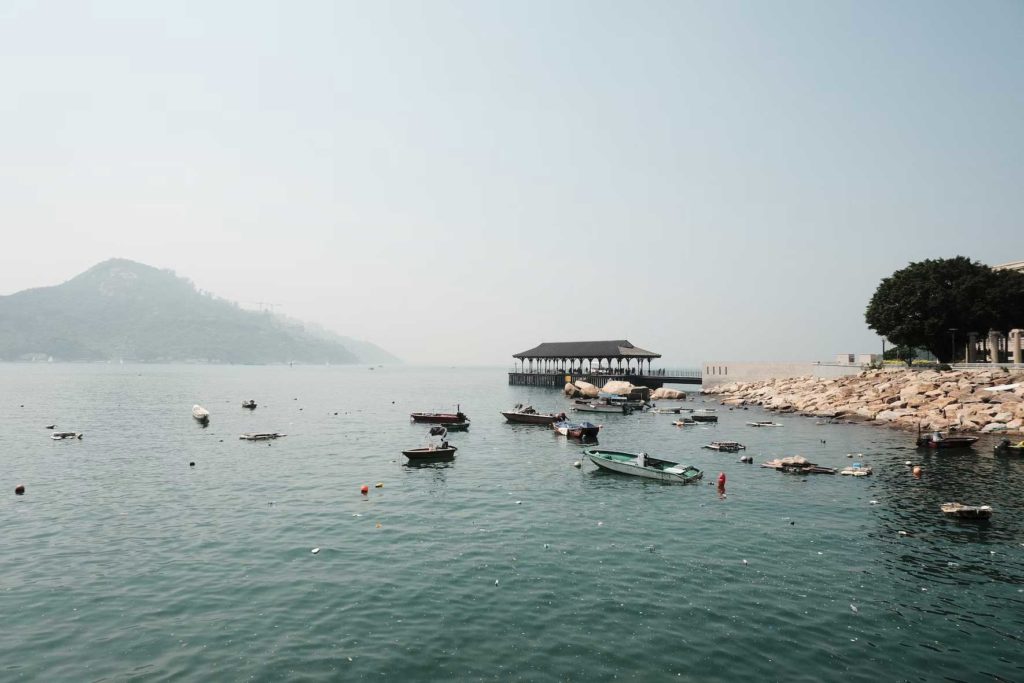
Fun Things to Do with Teens:
Victoria Peak: Taking the Peak Tram or hiking to the top of Victoria Peak is a must-do activity in Hong Kong, especially for teens who will appreciate the stunning views of the city.
Ngong Ping 360 Cable Car: The Ngong Ping 360 Cable Car offers breathtaking views of Lantau Island and the surrounding area, making it a great experience for teens.
Lan Kwai Fong: Lan Kwai Fong is a popular nightlife district with bars, restaurants, and clubs that teens will enjoy exploring.
Tsim Sha Tsui Promenade: The Tsim Sha Tsui Promenade offers stunning views of Victoria Harbour and the Hong Kong skyline, making it a great place for teens to take photos.
Stanley Market: The Stanley Market is a vibrant market that sells a variety of goods, including clothing, accessories, and souvenirs, making it a fun place for teens to shop and explore.
Avenue of Stars: The Avenue of Stars is a promenade that pays tribute to Hong Kong’s film industry and features statues and handprints of famous actors, making it a great place for teens to take photos.
Hong Kong Museum of Art: The Hong Kong Museum of Art features a collection of art from Hong Kong and around the world, making it a great place for teens to appreciate and learn about art.
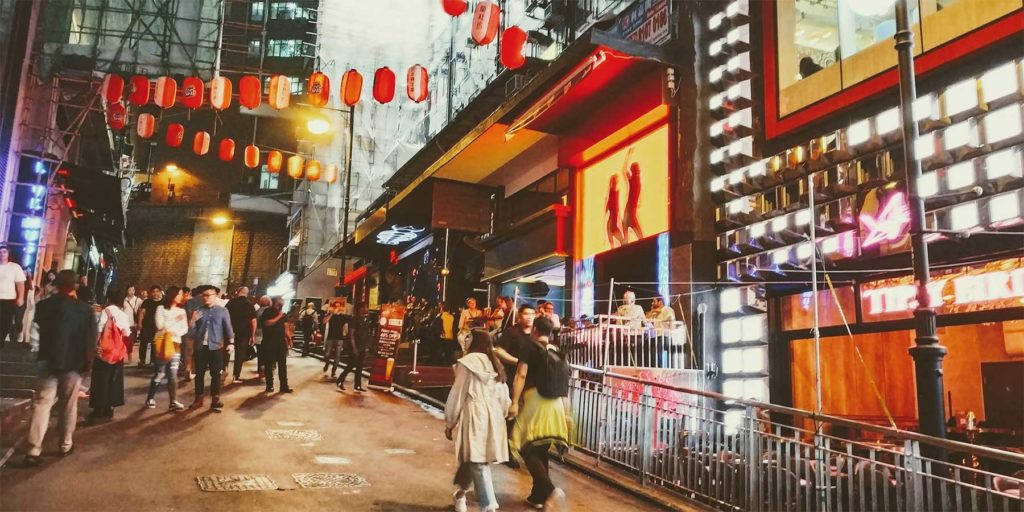
Experience Hong Kong like a local
Hiking: Hong Kong has a number of beautiful hiking trails that are popular among locals, such as the Dragon’s Back trail and the MacLehose Trail.
Dining: Hong Kong is known for its world-class cuisine, and locals enjoy dining out at the city’s many restaurants and street food stalls.
Shopping: Locals love to shop, whether it’s at high-end boutiques or bargain markets like the Ladies’ Market and the Temple Street Night Market.
Beaches: Hong Kong has a number of beautiful beaches that are popular among locals, such as Repulse Bay and Shek O Beach.
Parks: Hong Kong has a number of beautiful parks that are popular among locals, such as Victoria Park and Kowloon Park.
Outdoor activities: In addition to hiking, locals also enjoy a variety of outdoor activities such as cycling, kayaking, and rock climbing.
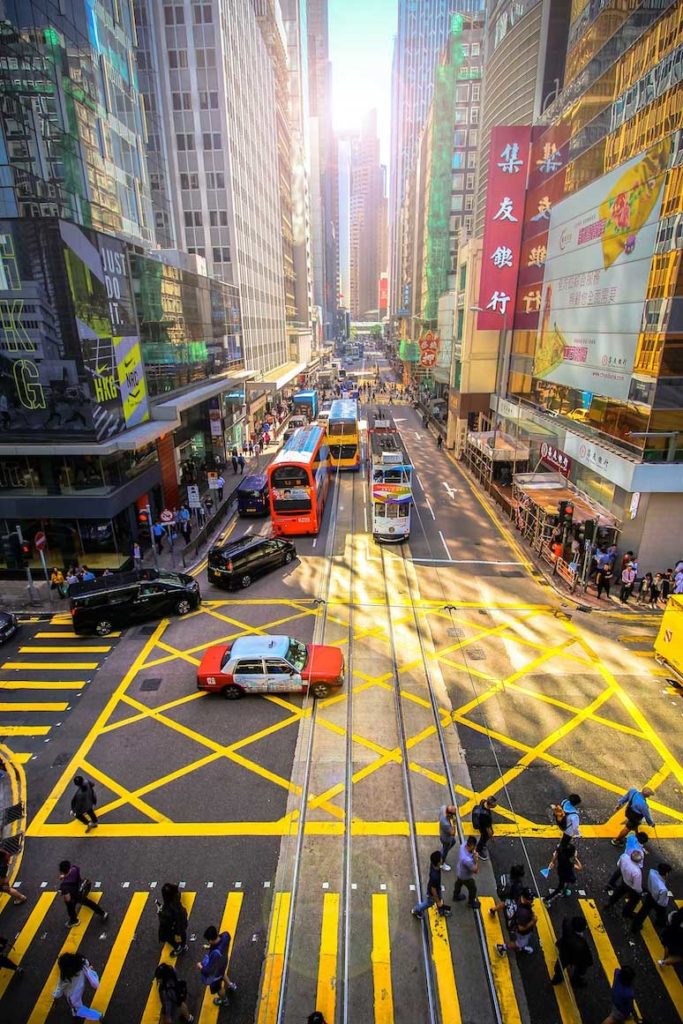
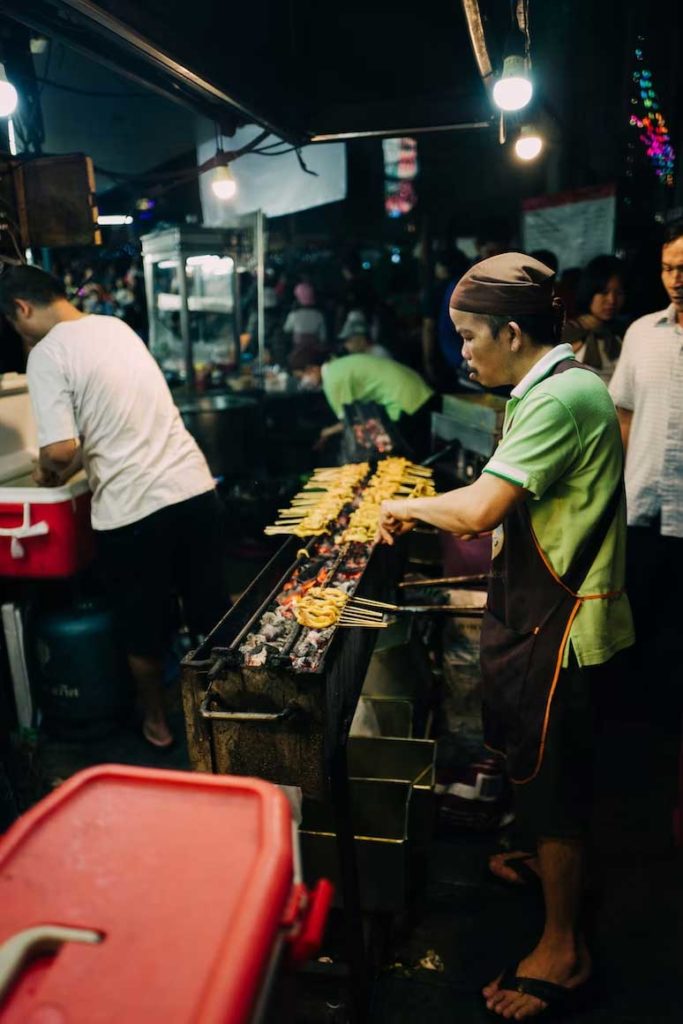
Nightlife: Hong Kong has a vibrant nightlife scene, and locals enjoy visiting bars, clubs, and live music venues.
Art and culture: Hong Kong has a rich cultural heritage, and locals enjoy visiting museums, art galleries, and cultural events.
Sports: Hong Kong has a variety of sports facilities, and locals enjoy playing and watching sports such as soccer, basketball, and horse racing.
Relaxing: Sometimes, locals just like to relax and take it easy, whether it’s lounging in a park, enjoying a cup of tea, or getting a massage.
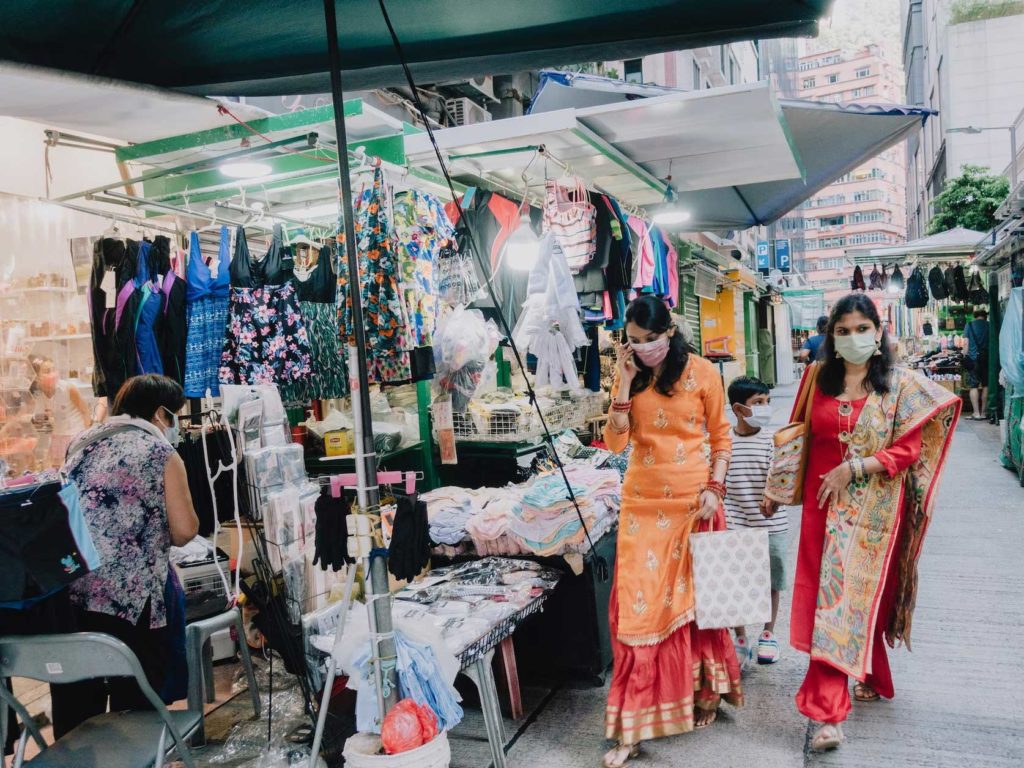
Where to stay in Hong Kong – the best hotels in Hong Kong
The Peninsula Hong Kong: The Peninsula Hong Kong is a luxurious hotel located in the heart of Tsim Sha Tsui, with stunning views of Victoria Harbour. The hotel features a rooftop helipad, a fleet of Rolls-Royce limousines, and a renowned afternoon tea service.
Four Seasons Hotel Hong Kong: The Four Seasons Hotel Hong Kong is a five-star hotel located in the Central district, with stunning views of Victoria Harbour and the city skyline. The hotel features an infinity pool, a spa, and a variety of dining options, including Michelin-starred restaurants.
Mandarin Oriental, Hong Kong: The Mandarin Oriental, Hong Kong is a luxurious hotel located in Central, with panoramic views of Victoria Harbour. The hotel features a Michelin-starred restaurant, a spa, and a rooftop bar.
The Ritz-Carlton, Hong Kong: The Ritz-Carlton, Hong Kong is a luxury hotel located in the International Commerce Centre, with breathtaking views of the city skyline. The hotel features an indoor infinity pool, a spa, and a Michelin-starred restaurant.
Island Shangri-La, Hong Kong: The Island Shangri-La, Hong Kong is a five-star hotel located in the Admiralty district, with stunning views of Victoria Harbour and the Peak. The hotel features a rooftop pool, a spa, and a variety of dining options, including a Michelin-starred Chinese restaurant.
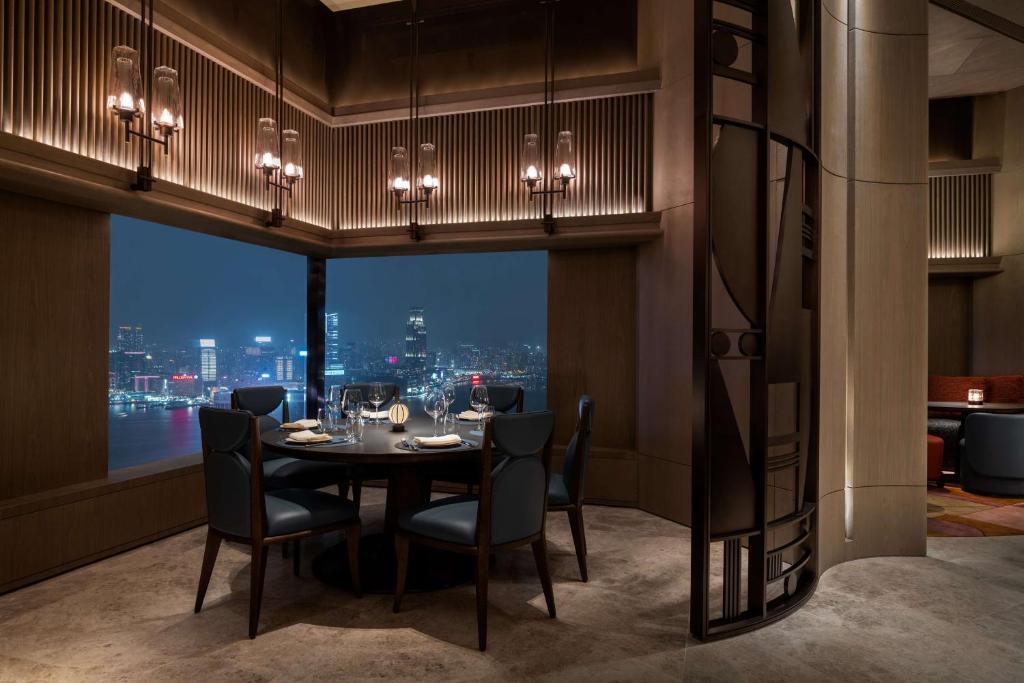

The Upper House: The Upper House is a boutique hotel located in the Pacific Place complex in Admiralty, with stunning views of the city skyline. The hotel features a rooftop bar, a spa, and a variety of dining options, including a Michelin-starred restaurant.
The Landmark Mandarin Oriental, Hong Kong: The Landmark Mandarin Oriental, Hong Kong is a luxurious hotel located in the Central district, with contemporary design and luxurious amenities. The hotel features a spa, a Michelin-starred restaurant, and a bar with a futuristic design.
The Langham, Hong Kong: The Langham, Hong Kong is a luxury hotel located in Tsim Sha Tsui, with stunning views of Victoria Harbour. The hotel features a rooftop pool, a spa, and a variety of dining options, including a Michelin-starred Cantonese restaurant.
Rosewood Hong Kong: Rosewood Hong Kong is a luxury hotel located in the Victoria Dockside development in Tsim Sha Tsui, with panoramic views of Victoria Harbour. The hotel features a rooftop pool, a spa, and a variety of dining options, including a Michelin-starred Chinese restaurant.
InterContinental Hong Kong: The InterContinental Hong Kong is a five-star hotel located in Tsim Sha Tsui, with stunning views of Victoria Harbour and the city skyline. The hotel features a rooftop pool, a spa, and a variety of dining options, including a Michelin-starred Cantonese restaurant.
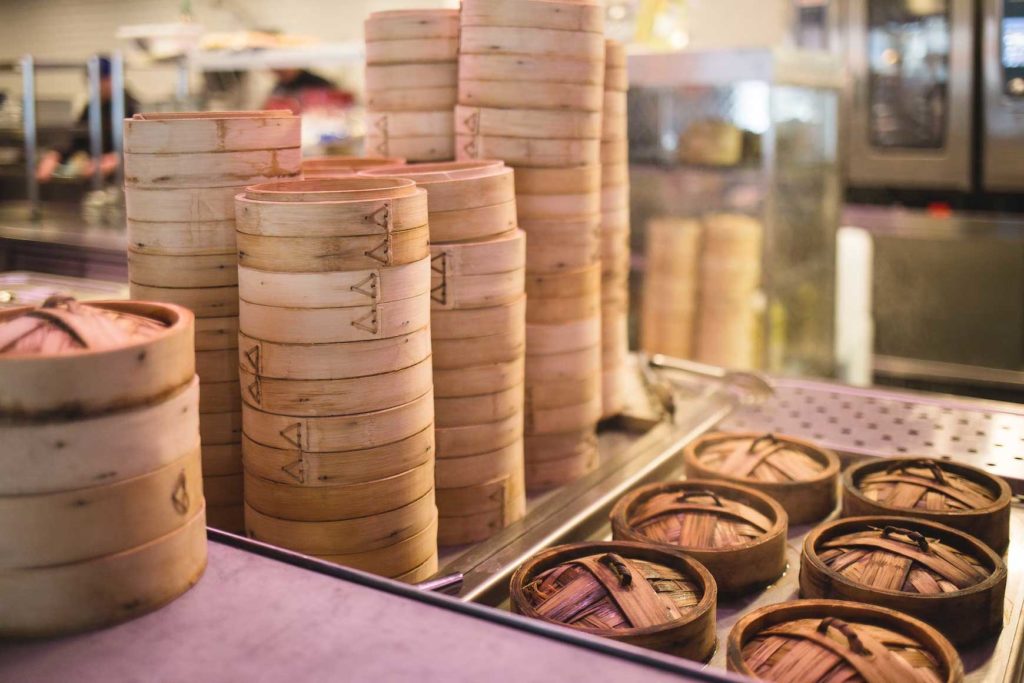
Food and drinks in Hong Kong
Traditional dishes of Hong Kong to try
Dim sum: Dim sum is a classic Cantonese meal that consists of bite-sized portions of food served in bamboo baskets. Some popular dim sum dishes include siu mai, har gow, and char siu bao. You can try dim sum at many restaurants throughout Hong Kong, but some popular places to go include Tim Ho Wan, Lin Heung Tea House, and Maxim’s Palace.
Roast goose: Roast goose is a delicious dish that is popular in Hong Kong. The goose is typically roasted until the skin is crispy and served with a sweet soy sauce. Some popular places to try roast goose in Hong Kong include Yat Lok Roast Goose, Kam’s Roast Goose, and Joy Hing Roasted Meat.
Wonton noodles: Wonton noodles is a simple but satisfying dish that consists of wontons (dumplings) and noodles in a clear broth. Some popular places to try wonton noodles in Hong Kong include Mak’s Noodle, Tsim Chai Kee Noodle, and Ho Hung Kee.
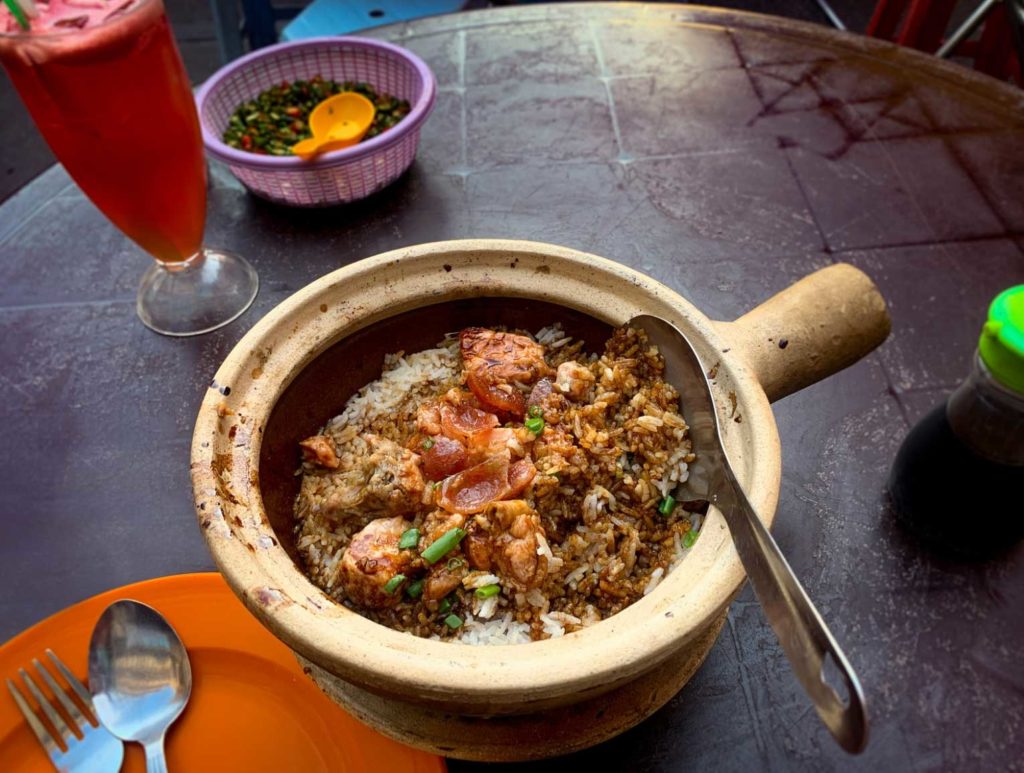
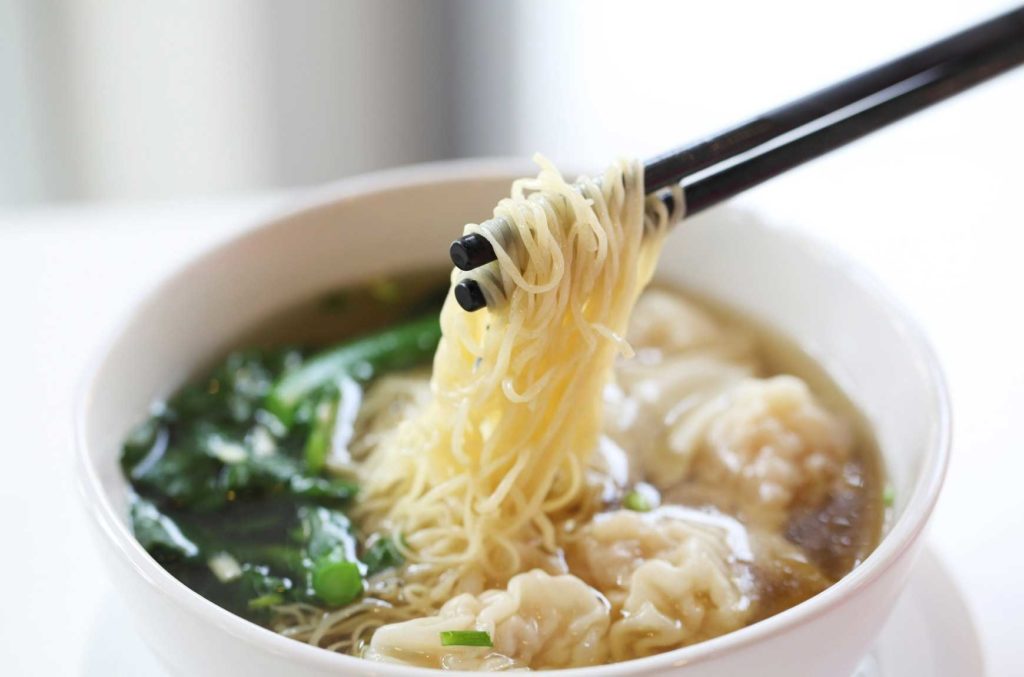
Egg tarts: Egg tarts are a popular dessert in Hong Kong that consist of a flaky pastry crust filled with sweet egg custard. Some popular places to try egg tarts in Hong Kong include Tai Cheong Bakery, Honolulu Coffee Shop, and Kam Wah Cafe.
Milk tea: Milk tea is a sweet and creamy beverage that is popular in Hong Kong. It is typically made with black tea, condensed milk, and sugar. Some popular places to try milk tea in Hong Kong include Kam Fung Cafe, Lan Fong Yuen, and Tsui Wah.
Claypot rice: Claypot rice is a traditional Cantonese dish that is cooked in a clay pot with ingredients such as chicken, Chinese sausage, and mushrooms. Some popular places to try claypot rice in Hong Kong include Kwan Kee Claypot Rice, Four Seasons Claypot Rice, and Hing Kee Claypot Rice.
Pineapple bun: Pineapple bun is a sweet bun that is named for its pineapple-like appearance on top. It is typically served warm with a slab of butter inside. Some popular places to try pineapple buns in Hong Kong include Kam Wah Cafe, Tai Cheong Bakery, and Lee Keung Kee.
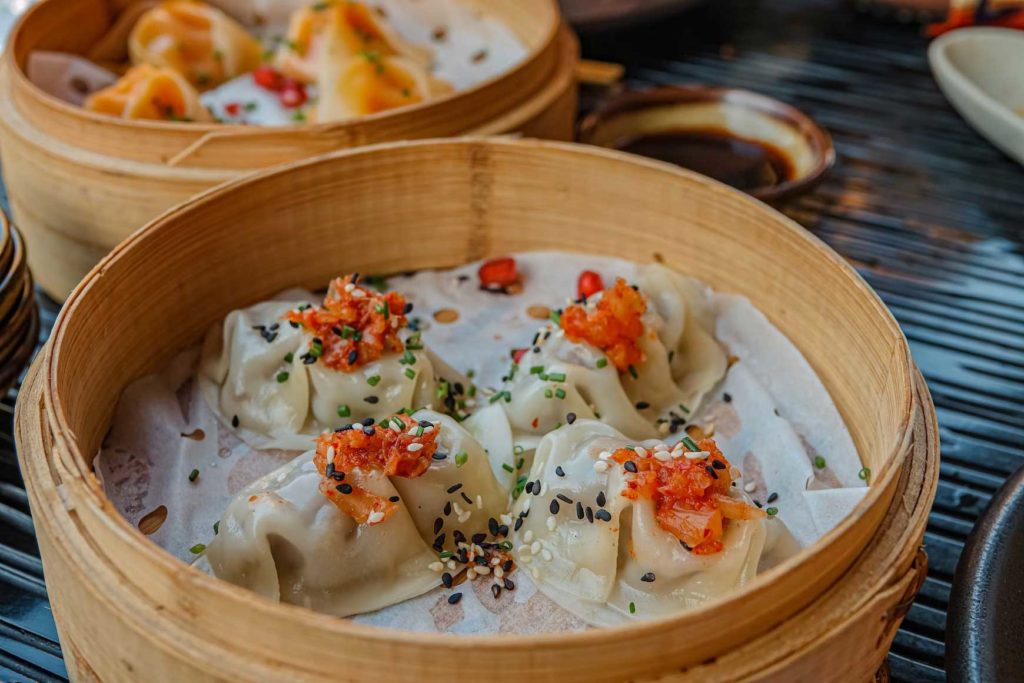
Iconic restaurants in Hong Kong
Jumbo Kingdom: Jumbo Kingdom is a famous floating restaurant in Aberdeen Harbour that has been a Hong Kong icon since the 1970s. The restaurant serves a variety of Cantonese seafood dishes and offers stunning views of the harbour.
Lan Fong Yuen: Lan Fong Yuen is a famous cha chaan teng (Hong Kong-style cafe) that has been serving Hong Kong-style milk tea and other local dishes since the 1950s. It is located in Central, near the Mid-Levels Escalator.
Tai Cheong Bakery: Tai Cheong Bakery is famous for its egg tarts, which are a Hong Kong staple. The bakery has been around since the 1950s and has several locations throughout Hong Kong.
Tim Ho Wan: Tim Ho Wan is a famous dim sum restaurant that has been awarded a Michelin star. It is known for its delicious dim sum dishes, including siu mai and baked pork buns.
Tsui Wah: Tsui Wah is a popular cha chaan teng chain that has been around since the 1960s. It is known for its milk tea, crispy buns, and other Hong Kong-style comfort food.
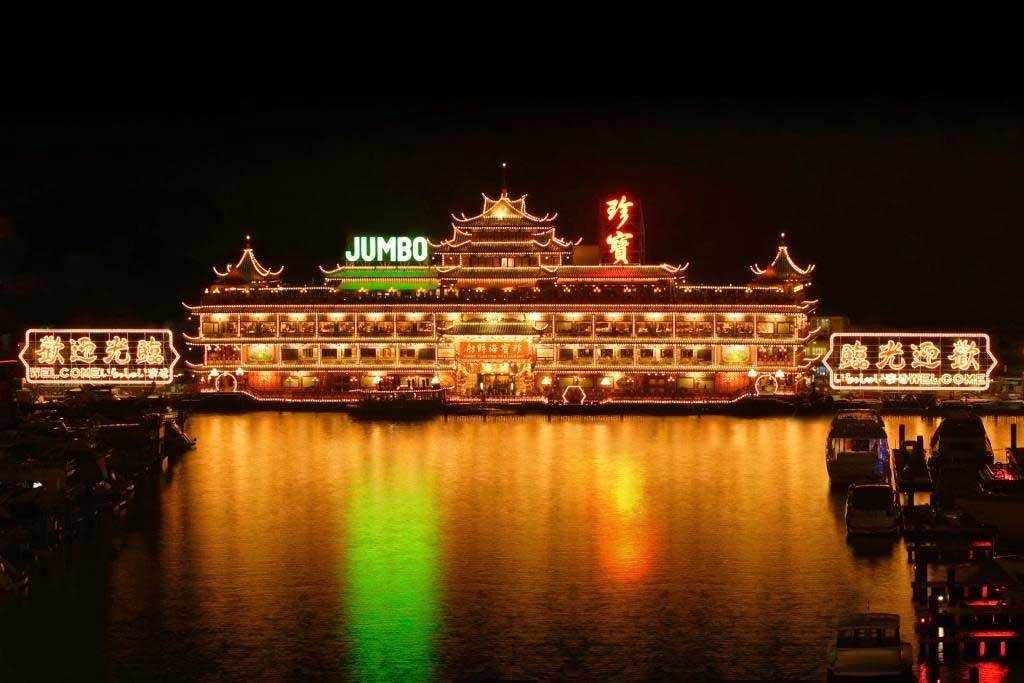
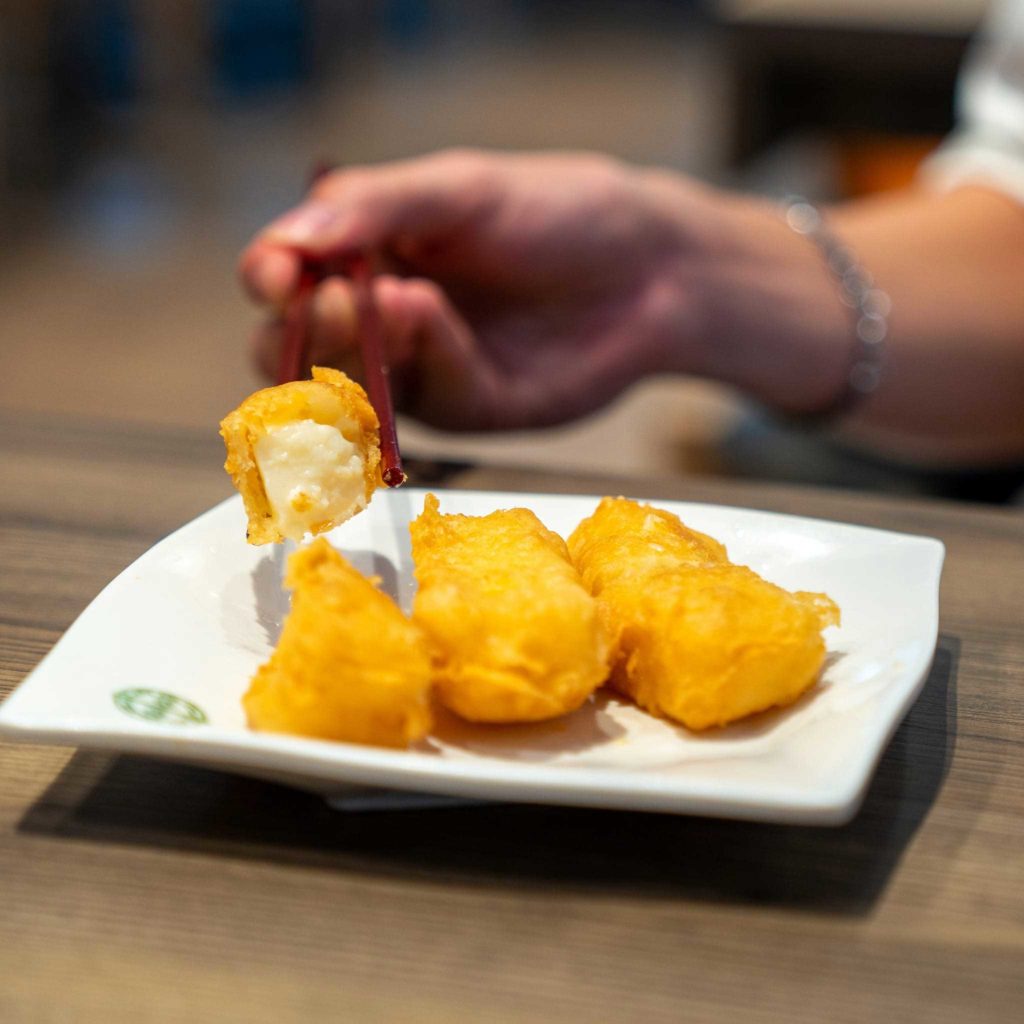
Yung Kee: Yung Kee is a famous roast goose restaurant that has been around since the 1940s. It is located in Central and is known for its delicious roast goose and other Cantonese dishes.
Under Bridge Spicy Crab: Under Bridge Spicy Crab is a seafood restaurant in Causeway Bay that is famous for its spicy crab dish. It is a popular spot among locals and tourists alike.
Lin Heung Tea House: Lin Heung Tea House is a traditional Cantonese teahouse that has been around since the 1920s. It is known for its dim sum and traditional Cantonese dishes.
Mak’s Noodle: Mak’s Noodle is a famous noodle shop that has been around since the 1920s. It is known for its wonton noodles and other traditional Hong Kong-style noodles.
Ho Hung Kee: Ho Hung Kee is a famous wonton noodle restaurant that has been around since the 1940s. It is known for its delicious wonton noodles and other Cantonese dishes.
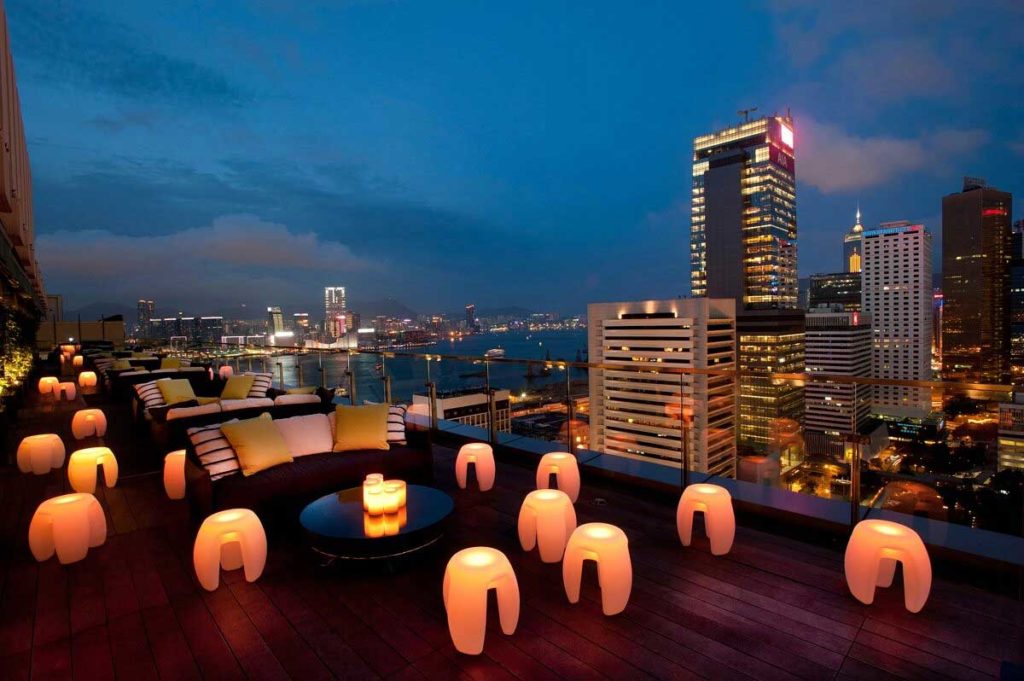
Hong Kong best rooftops
OZONE: OZONE is the highest bar in the world, located on the 118th floor of the Ritz-Carlton Hong Kong. It offers stunning views of Victoria Harbour and the city skyline, along with a variety of cocktails, wines, and spirits.
Sevva: Sevva is a rooftop bar and restaurant located in Central, with stunning views of the city skyline. The bar offers a variety of cocktails and wines, and the restaurant serves a fusion of Western and Asian cuisine.
Aqua Spirit: Aqua Spirit is a rooftop bar and restaurant located in Tsim Sha Tsui, with stunning views of Victoria Harbour and the city skyline. The bar offers a variety of cocktails and wines, and the restaurant serves Japanese and Italian cuisine.
Wooloomooloo Steakhouse: Wooloomooloo Steakhouse is a rooftop steakhouse located in Wan Chai, with stunning views of Victoria Harbour and the city skyline. The restaurant serves a variety of steaks and other dishes, along with a selection of wines and cocktails.
Sugar: Sugar is a rooftop bar located in Causeway Bay, with stunning views of Victoria Harbour and the city skyline. The bar offers a variety of cocktails, wines, and spirits, along with a small selection of snacks.
Ce La Vi: Ce La Vi is a rooftop bar and restaurant located in Lan Kwai Fong, with stunning views of the city skyline. The bar offers a variety of cocktails and wines, and the restaurant serves a fusion of Asian and Western cuisine.
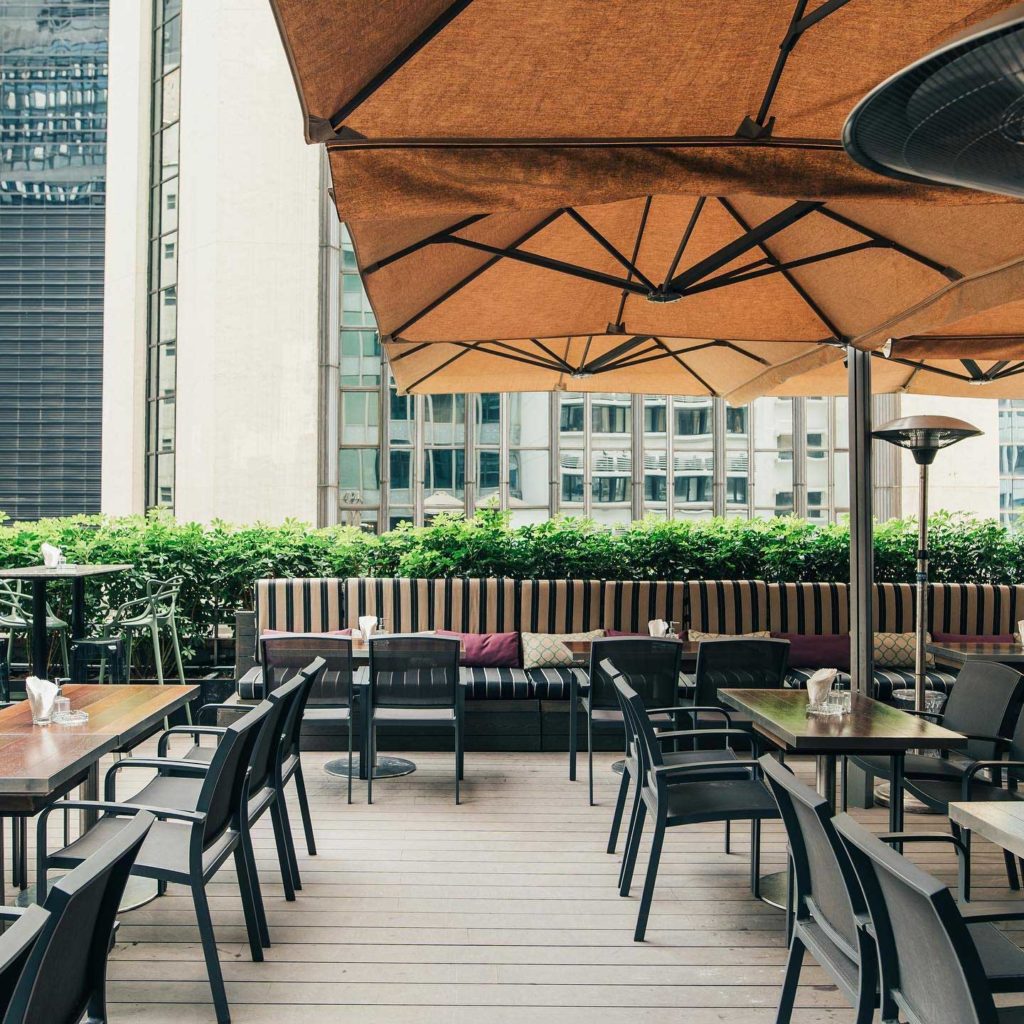
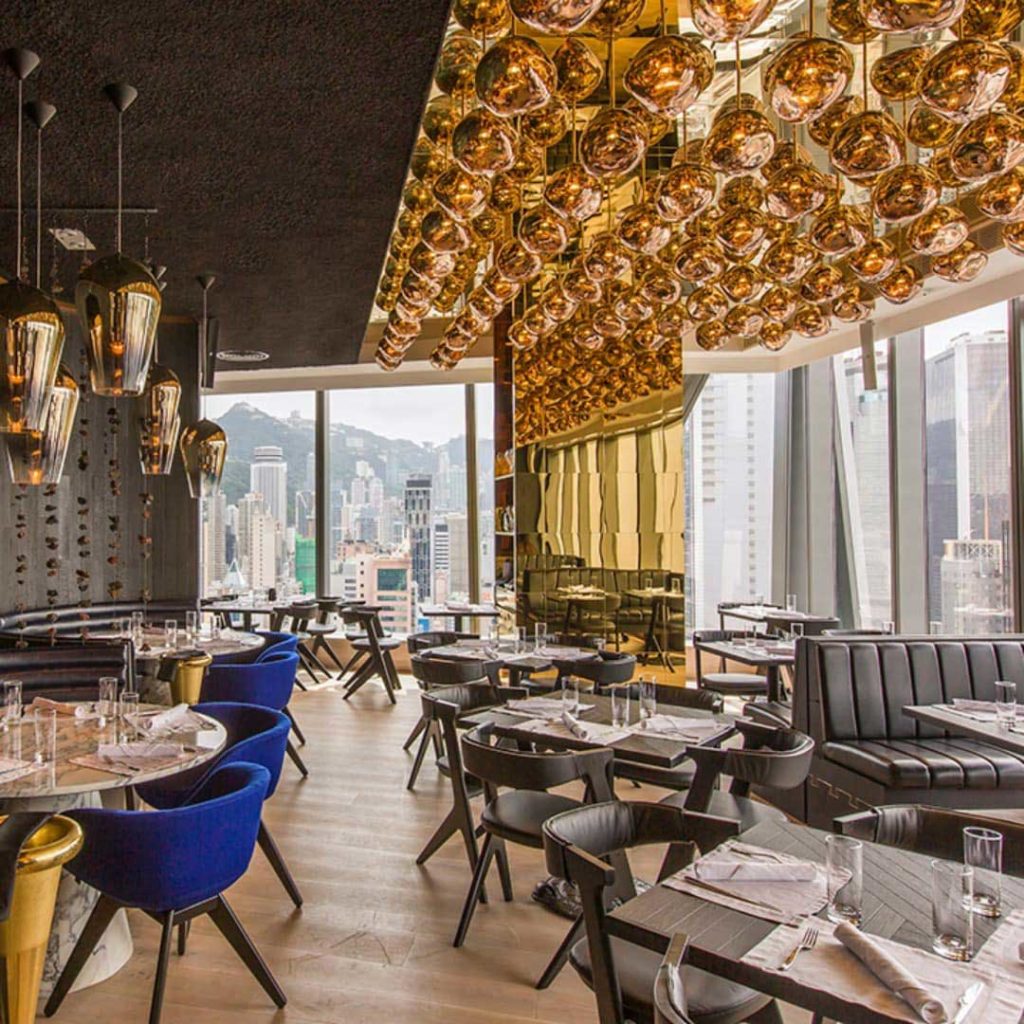
The Envoy: The Envoy is a rooftop bar located in Central, with stunning views of the city skyline. The bar offers a variety of cocktails and wines, along with a small selection of bar snacks.
Red Sugar: Red Sugar is a rooftop bar located in West Kowloon, with stunning views of Victoria Harbour and the city skyline. The bar offers a variety of cocktails, wines, and spirits, along with a small selection of snacks.
CÉ LA VI Sky Deck: CÉ LA VI Sky Deck is a rooftop bar and lounge located in the International Commerce Centre, with stunning views of the city skyline. The bar offers a variety of cocktails and wines, along with a selection of Asian-inspired snacks.
Alto Bar & Grill: Alto Bar & Grill is a rooftop bar and restaurant located in Causeway Bay, with stunning views of the city skyline. The bar offers a variety of cocktails and wines, and the restaurant serves a variety of grilled meats and other dishes.
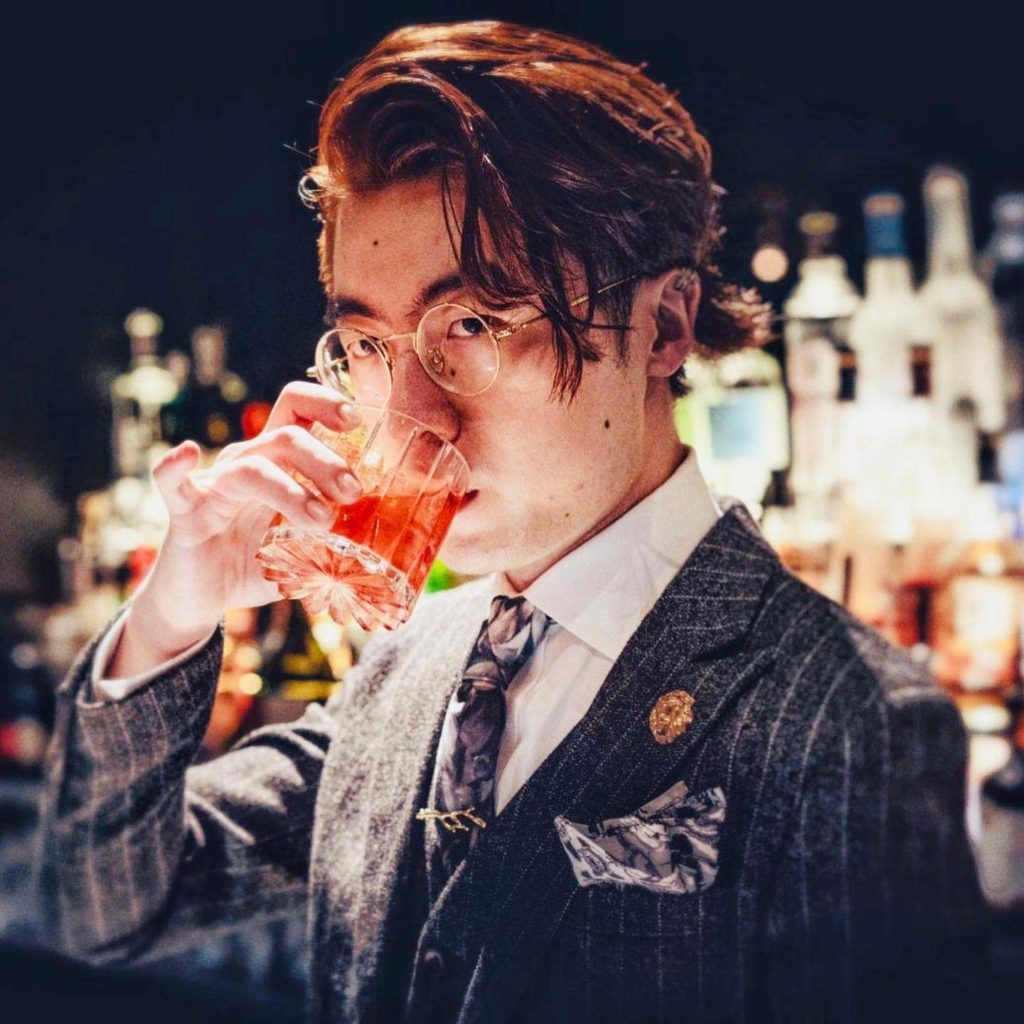
Cool bars in Hong Kong
The Pontiac: The Pontiac is a popular bar in Sheung Wan, known for its rock ‘n’ roll vibe and creative cocktails.
Foxglove: Foxglove is a speakeasy-style bar in Central, with a retro 1950s theme and live jazz music.
Honi Honi Tiki Cocktail Lounge: Honi Honi Tiki Cocktail Lounge is a tiki-style bar in Central, known for its tropical cocktails and Polynesian-inspired decor.
J Boroski: J Boroski is a speakeasy-style bar in Central, known for its intimate atmosphere and personalized cocktails.
Dr. Fern’s Gin Parlour: Dr. Fern’s Gin Parlour is a gin-focused bar in Central, with a vintage pharmacy theme and a wide selection of gin cocktails.
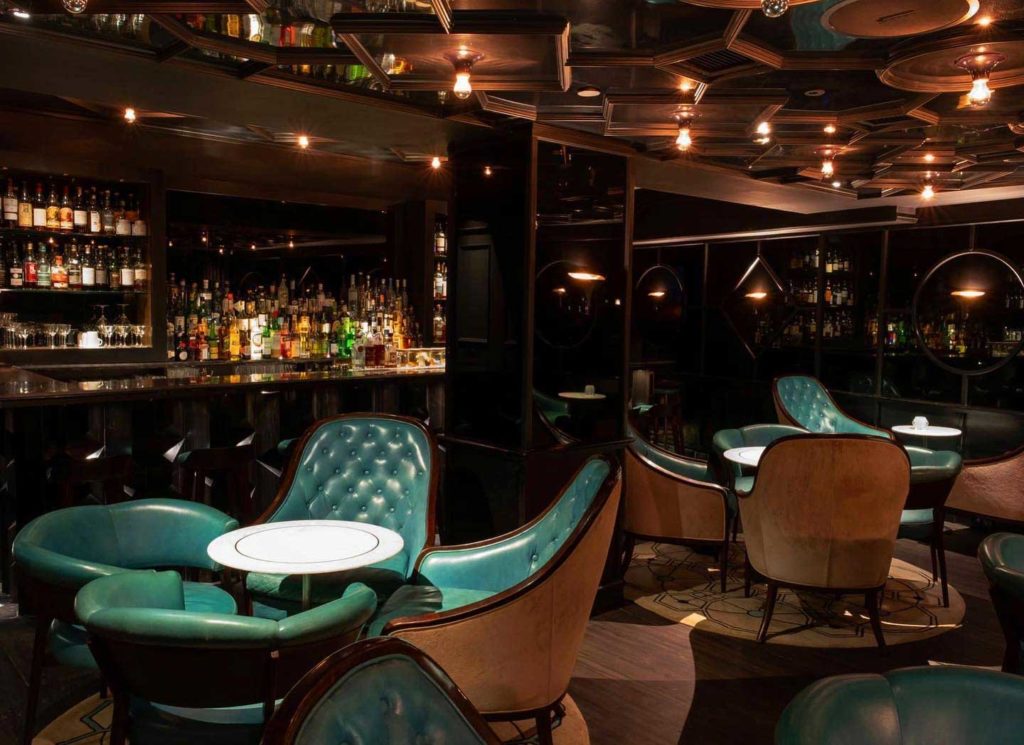

001: 001 is a hidden speakeasy-style bar in Central, known for its creative cocktails and sophisticated atmosphere.
The Woods: The Woods is a trendy bar in Central, known for its inventive cocktails and cozy atmosphere.
Duddell’s: Duddell’s is a chic bar and restaurant in Central, known for its creative cocktails and stunning rooftop garden.
Quinary: Quinary is a popular bar in Central, known for its molecular mixology and innovative cocktails.
Stockton: Stockton is a speakeasy-style bar in Central, with a vintage British theme and a wide selection of whiskies and cocktails.
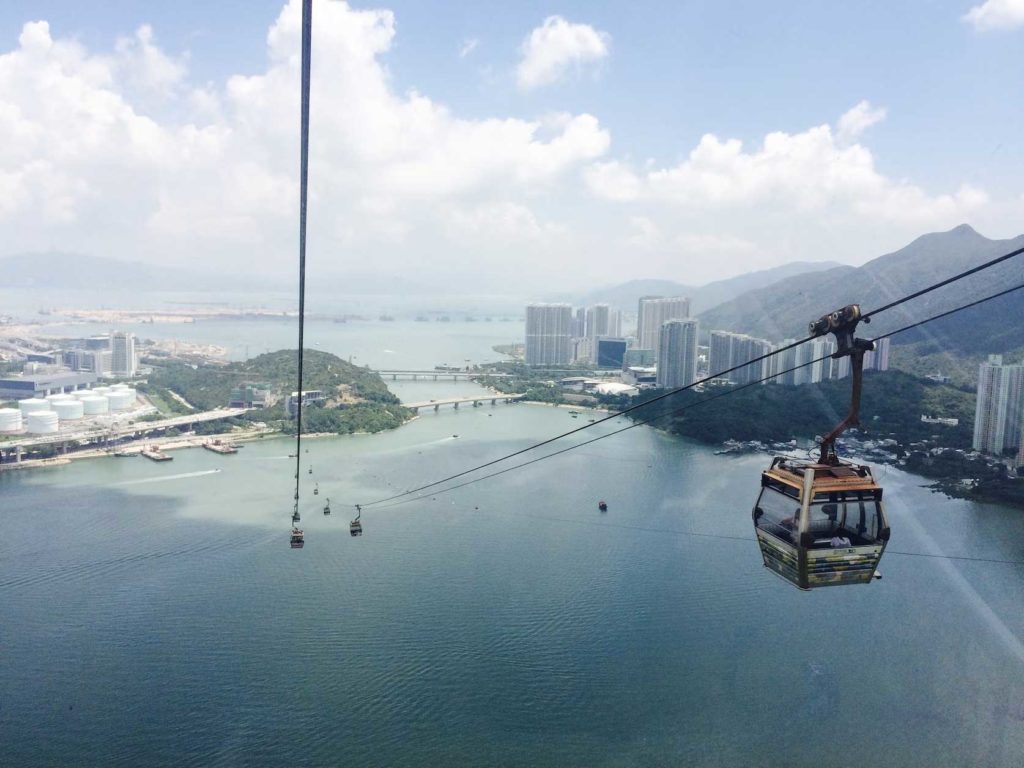
What not to do in Hong Kong, things to avoid
Don’t disrespect local customs and culture: Hong Kong has a rich cultural heritage and it’s important to respect local customs and traditions. This includes being mindful of appropriate dress and behavior when visiting temples or other religious sites, as well as respecting local customs such as taking off shoes when entering someone’s home.
Don’t litter: Hong Kong is a densely populated city and littering can quickly lead to a buildup of waste and pollution. Make sure to dispose of your trash in designated bins and avoid leaving any litter behind.
Don’t be loud or disruptive: Hong Kong is a bustling city, but it’s important to be mindful of others and avoid being loud or disruptive in public spaces such as restaurants, cafes, or public transportation.
Don’t jaywalk: Hong Kong has strict traffic laws and it’s important to follow them to avoid accidents. Always use designated crosswalks and wait for the pedestrian signal before crossing the street.
Don’t be disrespectful to authorities: Hong Kong has a highly regulated society and it’s important to be respectful to authorities such as police officers or immigration officials. Avoid arguing or causing a scene and follow their instructions.
Don’t underestimate the weather: Hong Kong can experience extreme weather conditions such as typhoons, heavy rain, or high temperatures. Make sure to check the weather forecast before going out and take appropriate precautions such as carrying an umbrella or wearing sunscreen.
Don’t use illegal drugs: Hong Kong has strict laws regarding drug use and possession. Avoid using or carrying any illegal substances to avoid legal trouble.
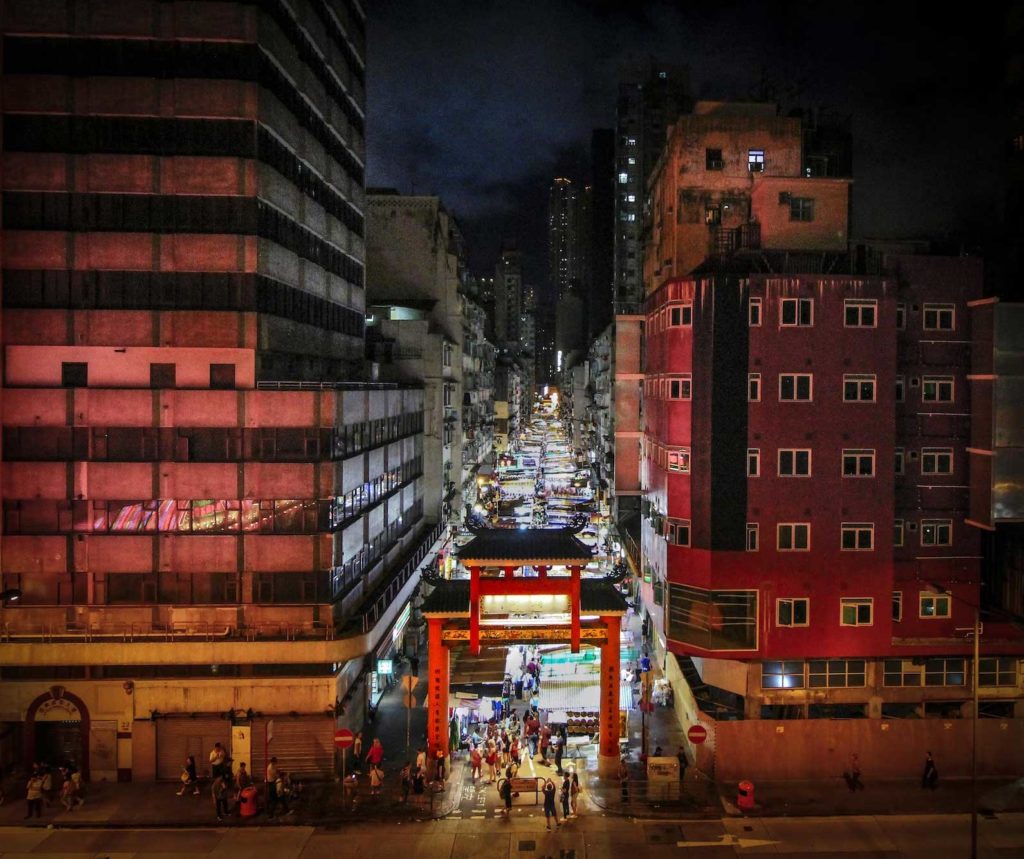
Shopping, taxes and tipping in Hong Kong
here’s an overview of taxation and service charges/tipping when shopping and dining in Hong Kong:
Taxation: Hong Kong has a relatively low tax rate compared to other countries. There is no sales tax or VAT (value-added tax) in Hong Kong, and most items are priced without any additional taxes or charges. However, some luxury goods and imported items may be subject to additional taxes or duties.
Service charges: Many restaurants in Hong Kong add a service charge of 10-15% to the bill. This is typically indicated on the menu or on a sign in the restaurant. If a service charge is added, there is no need to leave an additional tip.
Tipping: Tipping is not a widespread practice in Hong Kong, but it is becoming more common in some industries such as hospitality and tourism. It is not expected to leave a tip in restaurants, but rounding up the bill or leaving a small amount as a gesture of appreciation is becoming more common. In other industries such as hairdressing, tipping may be more common and expected.
Shopping: Most stores in Hong Kong will display the price of items inclusive of any taxes or charges. However, it’s always a good idea to double-check the final price before making a purchase. Some stores may offer tax-free shopping for tourists, but this is typically only available for certain items and there may be a minimum purchase amount required.
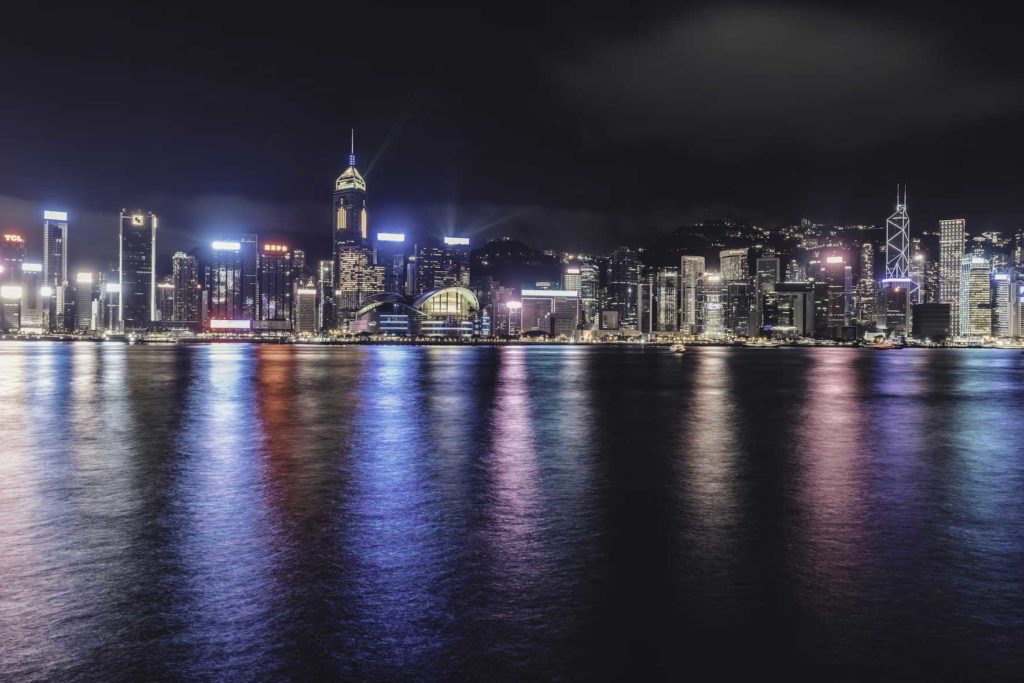
Safety and security in Hong Kong
Hong Kong is generally a safe and secure city, with a low crime rate compared to other major cities around the world. However, there are some precautions that visitors should take to ensure their safety:
Pickpocketing: As with any major city, pickpocketing can be a problem in crowded areas such as markets, shopping malls, and public transportation. Keep your valuables close and be mindful of your surroundings.
Protest and civil unrest: Hong Kong has experienced some political protests and civil unrest in recent years. While most protests are peaceful, it’s important to stay informed and avoid areas where protests or demonstrations are taking place.
Traffic accidents: Hong Kong has a high population density and traffic can be congested. Be careful when crossing the street and use designated crosswalks.
Typhoons and extreme weather: Hong Kong can experience extreme weather conditions such as typhoons, heavy rain, or high temperatures. Stay informed of weather conditions and follow the advice of local authorities.
Scams: As with any tourist destination, there may be scams or fraud attempts targeting visitors. Be cautious when approached by strangers and use common sense.
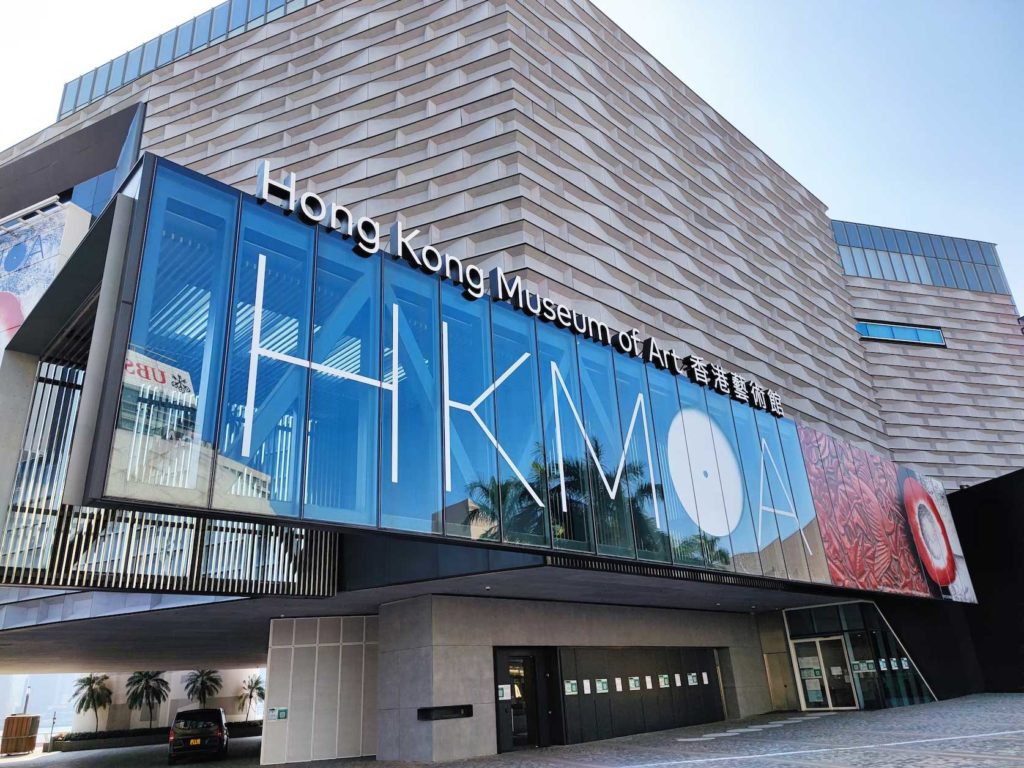
Final travel advice
Electricity and charging: Hong Kong uses a 220-volt electrical system with a three-pronged UK-style plug. If you’re traveling from a country with a different electrical system, you may need a voltage converter and plug adapter. Most hotels and restaurants have outlets that can be used for charging devices.
Cash and card payments: Hong Kong is a highly developed city with modern banking and payment systems. It’s easy to find ATMs and banks throughout the city, and most businesses accept credit cards. However, it’s a good idea to carry some cash for small purchases or in case of any issues with card payments.
Public transportation: Hong Kong has a highly efficient and extensive public transportation system, including the MTR subway, buses, trams, and ferries. You can use the Octopus card, a rechargeable smart card, to pay for most forms of public transportation as well as some purchases in stores and restaurants.
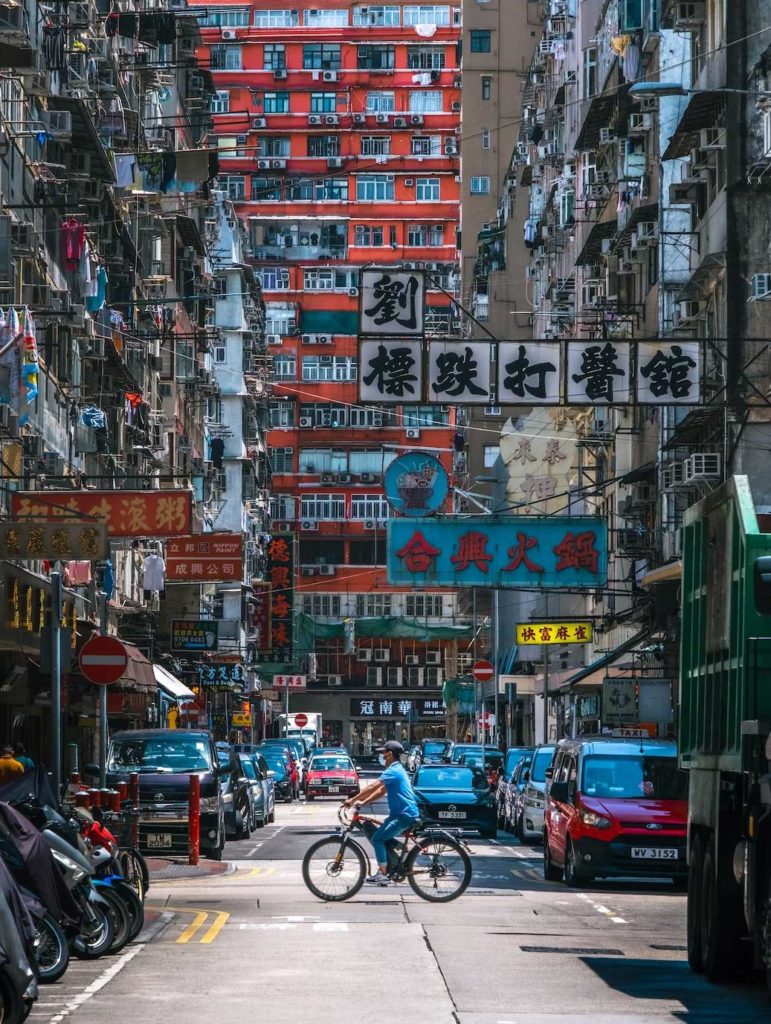

Language: While English is widely spoken in Hong Kong, especially in tourist areas, it’s still a good idea to learn a few basic phrases in Cantonese, the local language. This can help you communicate with locals and make your travels easier.
Food and drink: Hong Kong has a diverse and delicious culinary scene, with a wide range of options from street food to high-end restaurants. It’s generally safe to eat and drink tap water in Hong Kong, but bottled water is readily available if you prefer.
Weather: Hong Kong has a subtropical climate with hot and humid summers and mild winters. It’s a good idea to check the weather forecast before your trip and pack accordingly, especially during the summer months when temperatures can reach 30°C (86°F) or higher.
Visas: Many nationalities, including citizens of the United States and most European countries, can enter Hong Kong without a visa for stays of up to 90 days. However, it’s a good idea to check the latest visa requirements for your specific nationality before your trip.
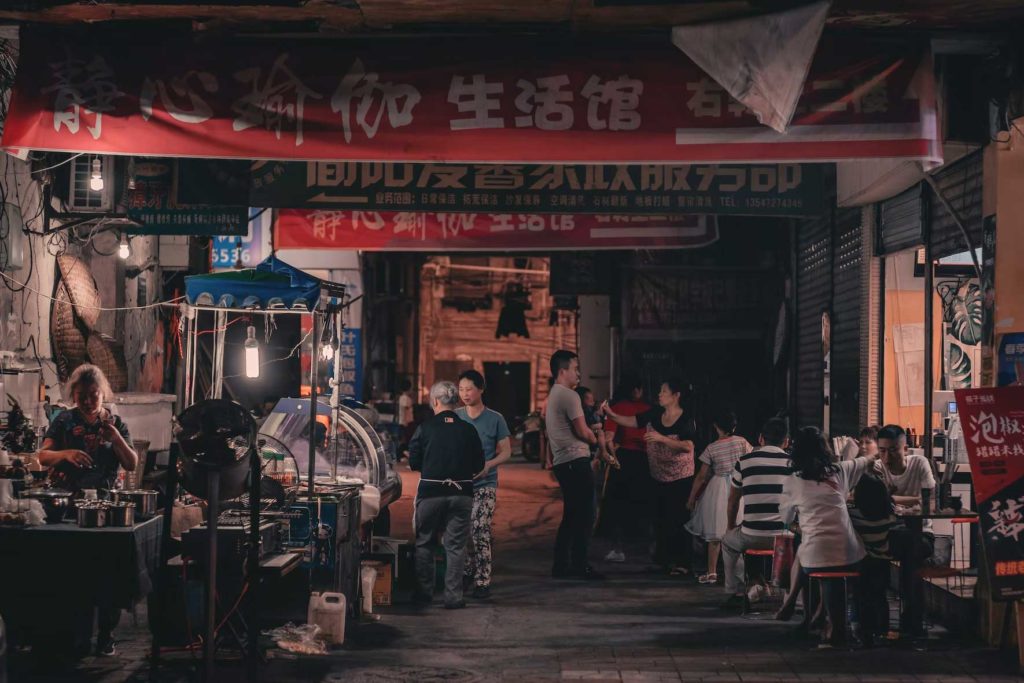
Hong Kong in Movies
Rush Hour (1998): Starring Jackie Chan and Chris Tucker, Rush Hour is an action-comedy film about a Hong Kong detective and an LAPD officer who team up to rescue a kidnapped girl. The movie features iconic Hong Kong landmarks such as Victoria Harbour, the Peak Tram, and the Temple of the Azure Clouds.
In the Mood for Love (2000): Directed by Wong Kar-wai, In the Mood for Love is a romantic drama set in Hong Kong in the 1960s. The film tells the story of two neighbors who develop a deep connection after suspecting their spouses of having an affair. The movie features stunning cinematography and a beautiful score by composer Shigeru Umebayashi.
The Dark Knight (2008): The Dark Knight, starring Christian Bale as Batman and the late Heath Ledger as the Joker, features Hong Kong as one of its key locations. In the movie, Batman travels to Hong Kong to capture a corrupt businessman, leading to an epic action sequence that takes place atop the IFC Tower.
Chungking Express (1994): Directed by Wong Kar-wai, Chungking Express is a romantic drama set in the fast-paced world of Hong Kong. The movie tells the story of two police officers and their relationships with women they meet in Hong Kong. The film is known for its vibrant visuals and unique storytelling style.
Tomb Raider: The Cradle of Life (2003): Starring Angelina Jolie as Lara Croft, Tomb Raider: The Cradle of Life features Hong Kong as one of its key locations. In the movie, Lara Croft travels to Hong Kong to recover a mysterious orb that could hold the key to immortality.
The World of Suzie Wong (1960): The World of Suzie Wong is a romantic drama set in 1960s Hong Kong, starring William Holden as a struggling artist who falls in love with a beautiful and mysterious prostitute played by Nancy Kwan. The movie showcases the colorful and bustling streets of Hong Kong in the 1960s.
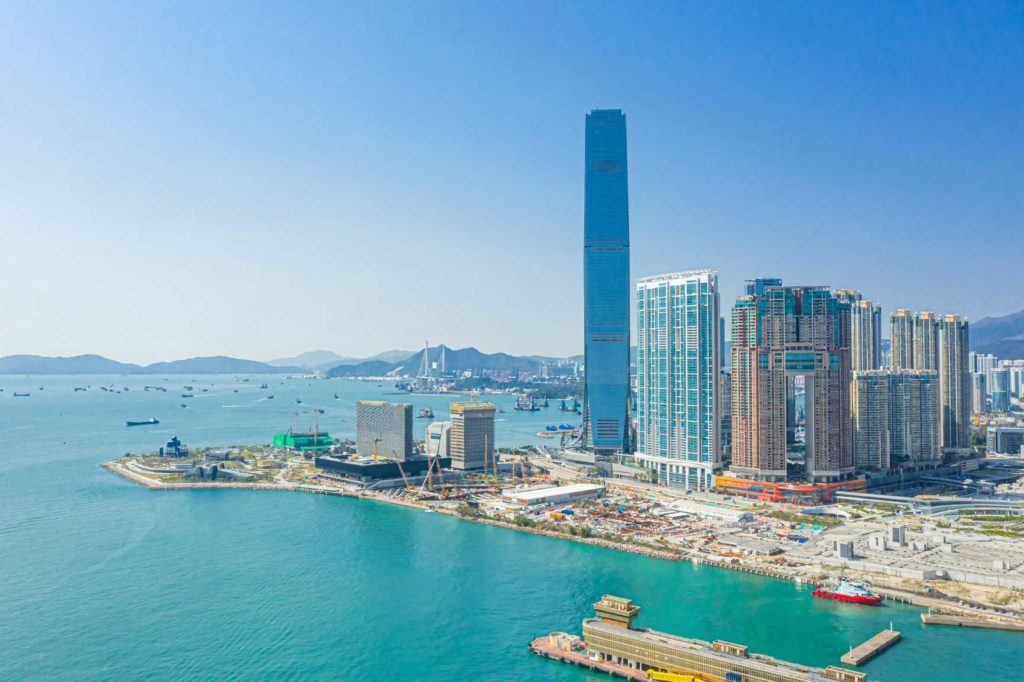
Hong Kong in Books
“The Joy Luck Club” by Amy Tan: This novel tells the stories of four Chinese immigrant women and their American-born daughters, exploring themes of cultural identity and mother-daughter relationships. The book is set in San Francisco and Hong Kong, with several chapters taking place in the bustling streets of 1950s Hong Kong.
“Tai-Pan” by James Clavell: Set in the early 19th century, “Tai-Pan” is a historical novel that follows the story of Dirk Struan, a Scottish merchant who rises to become the head of the powerful trading company Noble House. The book is set in Hong Kong and offers a vivid portrayal of the city’s role in the opium trade and its complex cultural and political landscape.
“Fragrant Harbour” by John Lanchester: This novel tells the story of four characters from different backgrounds and nationalities whose lives intersect in Hong Kong during the period leading up to the 1997 handover to China. The book offers a complex and nuanced portrayal of Hong Kong’s history and culture, exploring themes of identity, power, and belonging.
“Ghost Bride” by Yangsze Choo: This novel is a supernatural romance set in 19th-century Malacca and Hong Kong. The story follows a young Chinese woman who is asked to be the ghost bride of a wealthy family’s deceased son, leading her on a dangerous journey into the afterlife.
“The Painted Veil” by W. Somerset Maugham: Set in 1920s Hong Kong, “The Painted Veil” tells the story of a young couple who travel to a remote village in China after the wife has an affair. The book explores themes of love, redemption, and cultural differences, and offers a vivid portrait of Hong Kong in the early 20th century.
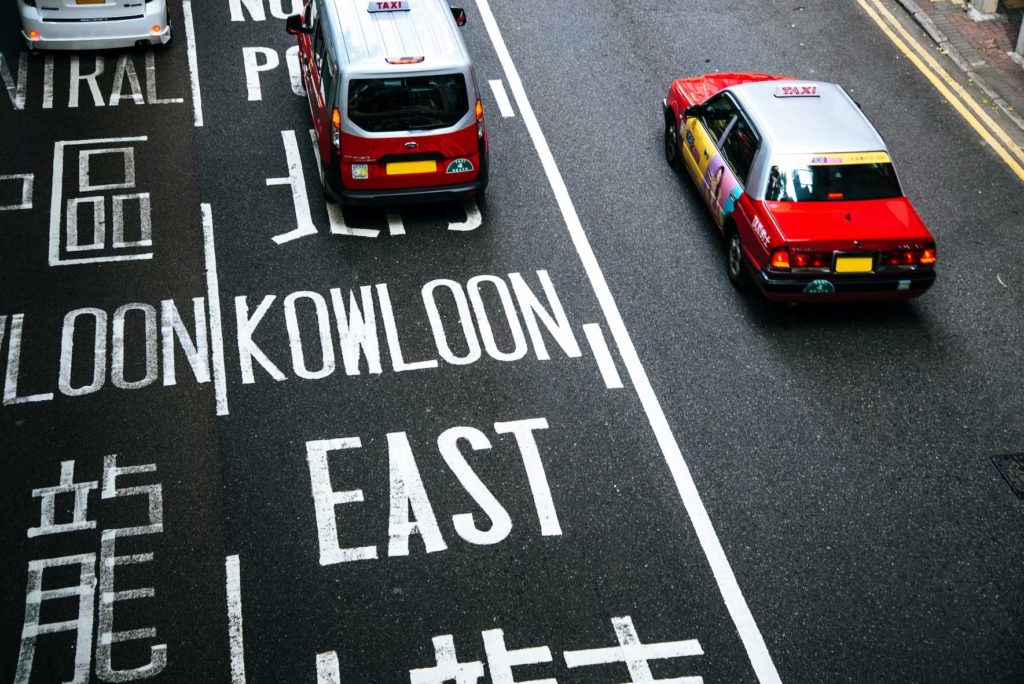
–
Check out our travel guides